This month’s excursion took us to the Wynwood neighborhood of Miami, with an emphasis on the murals and street-art, as well as watching the preparation for events associated with the upcoming Art Basel festival.
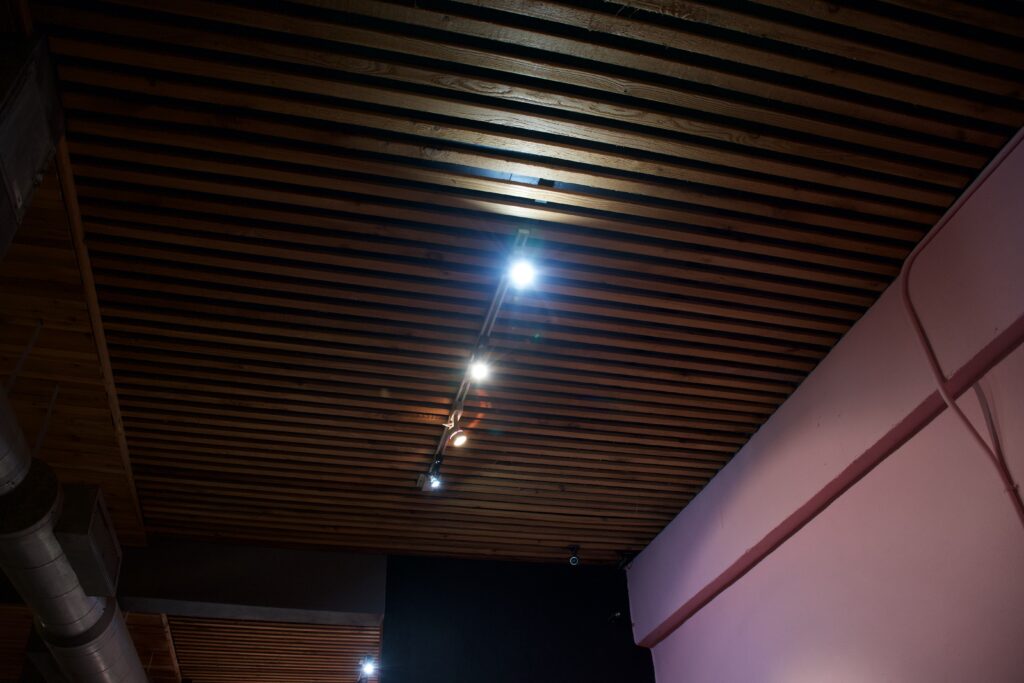
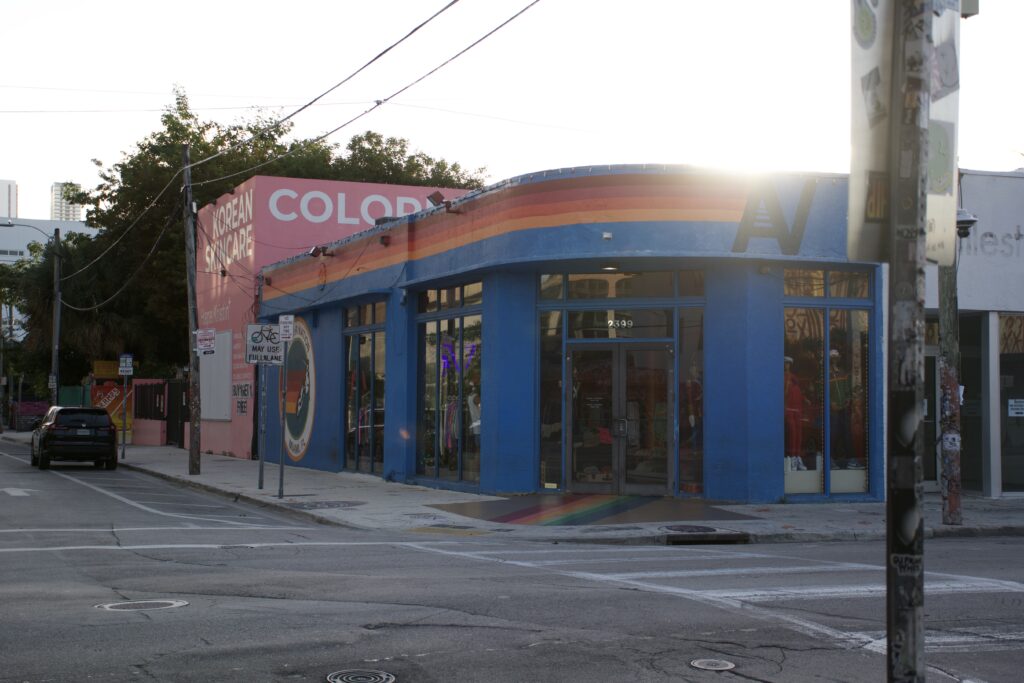
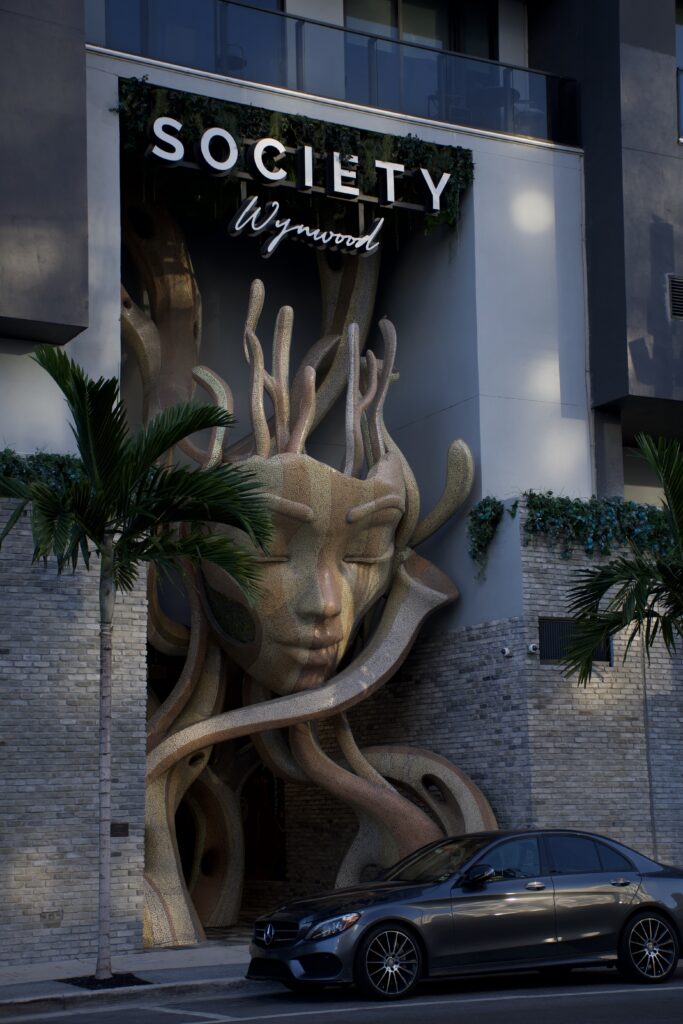
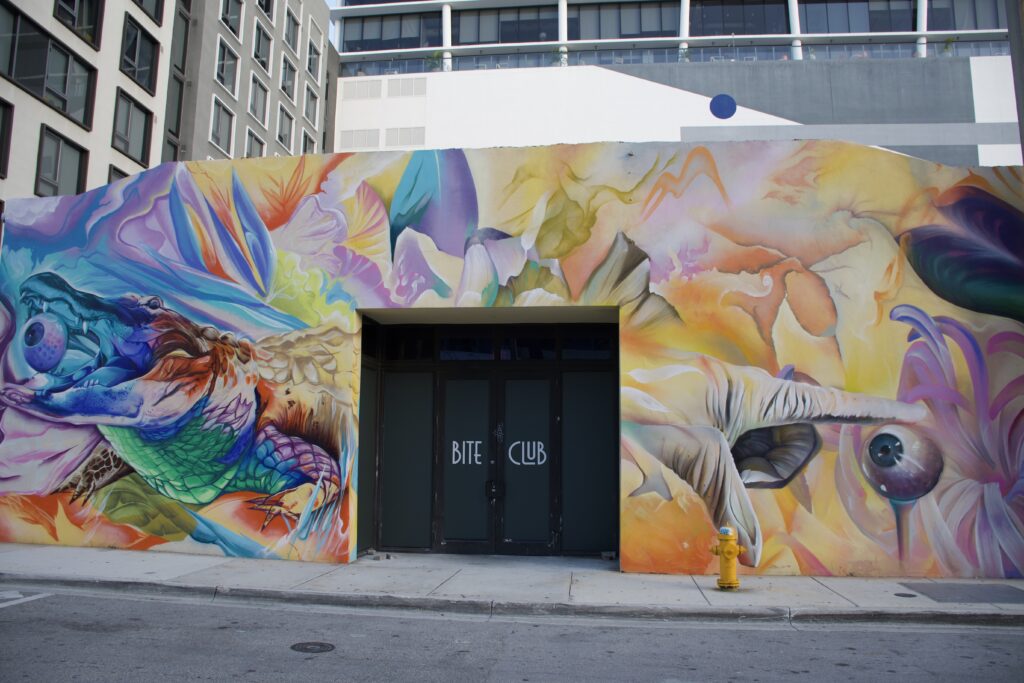
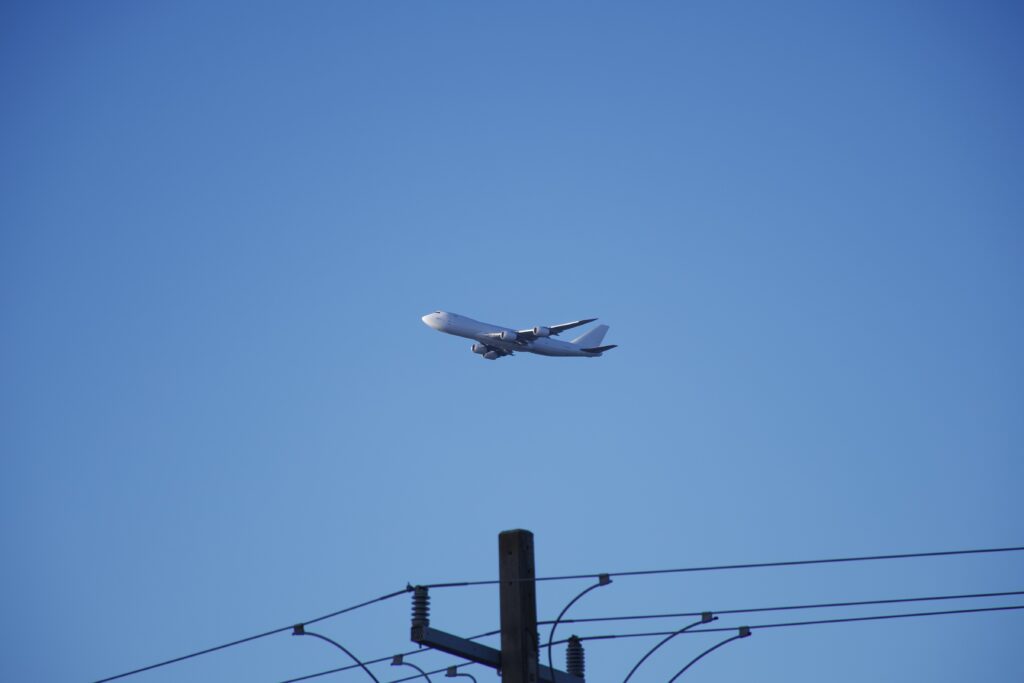
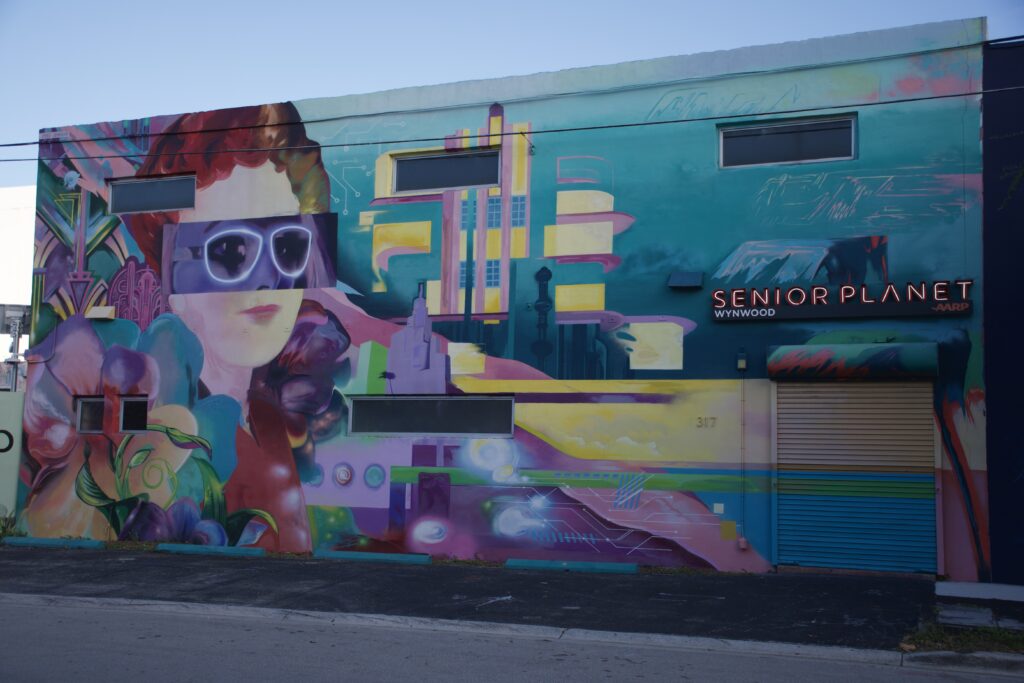
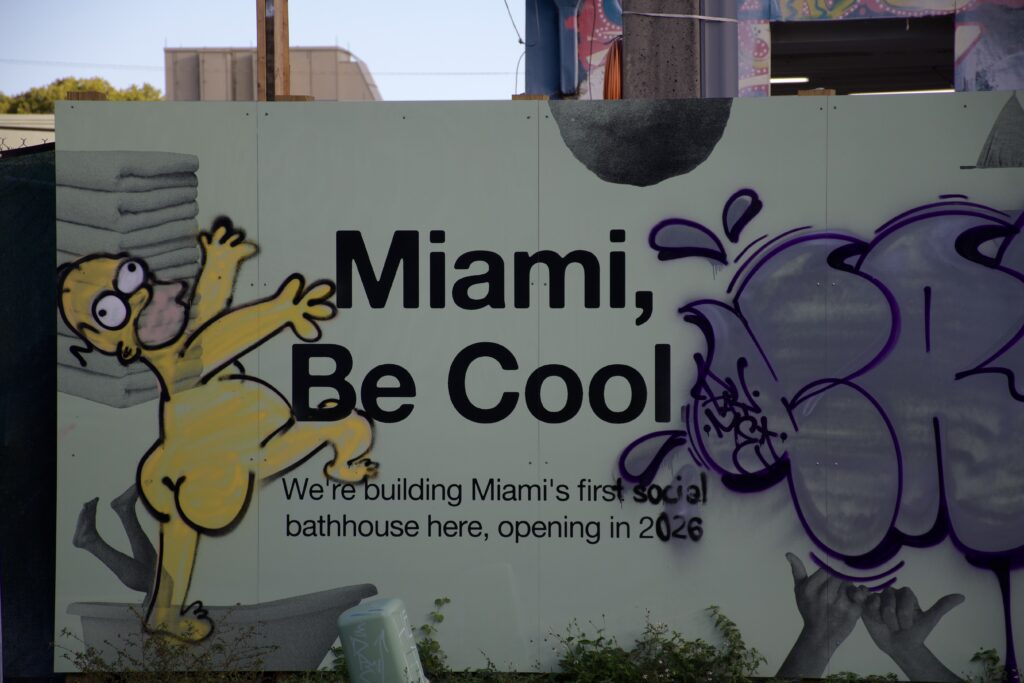
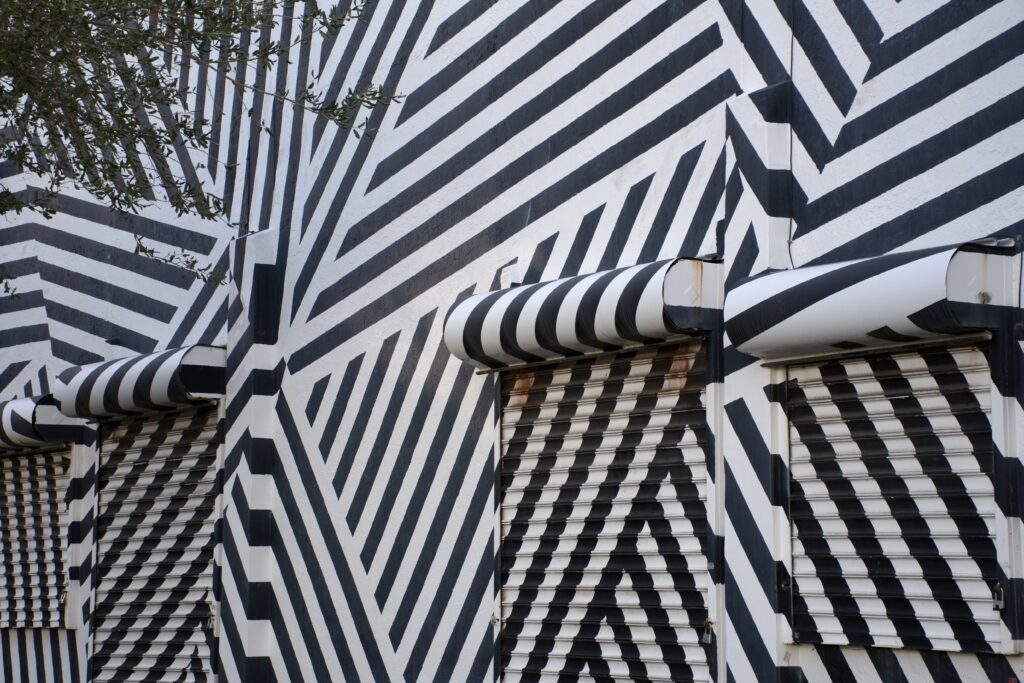
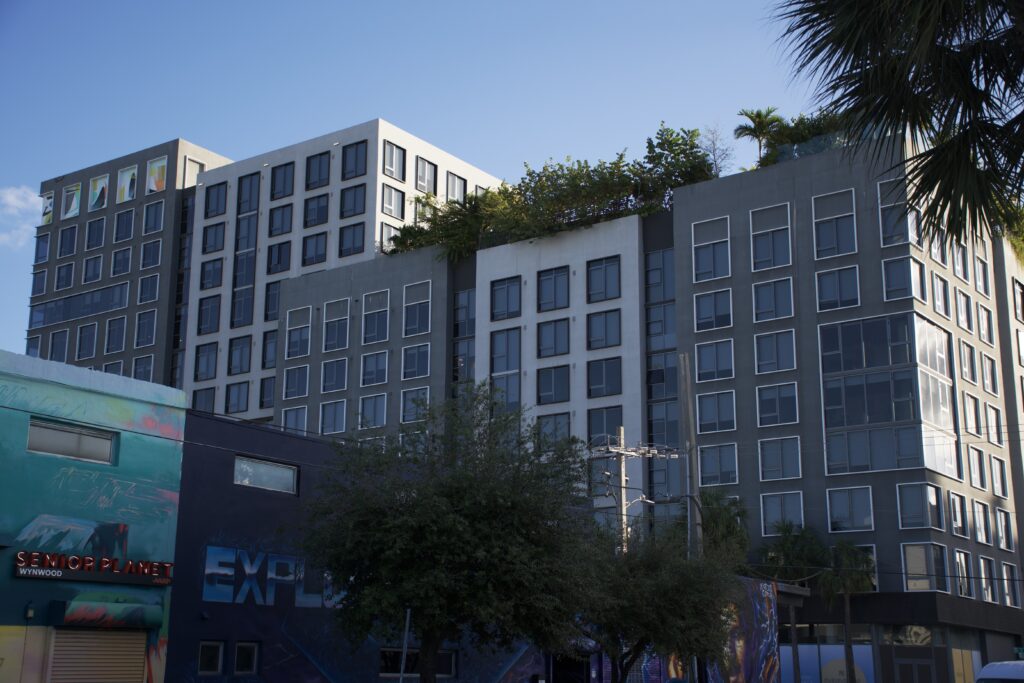
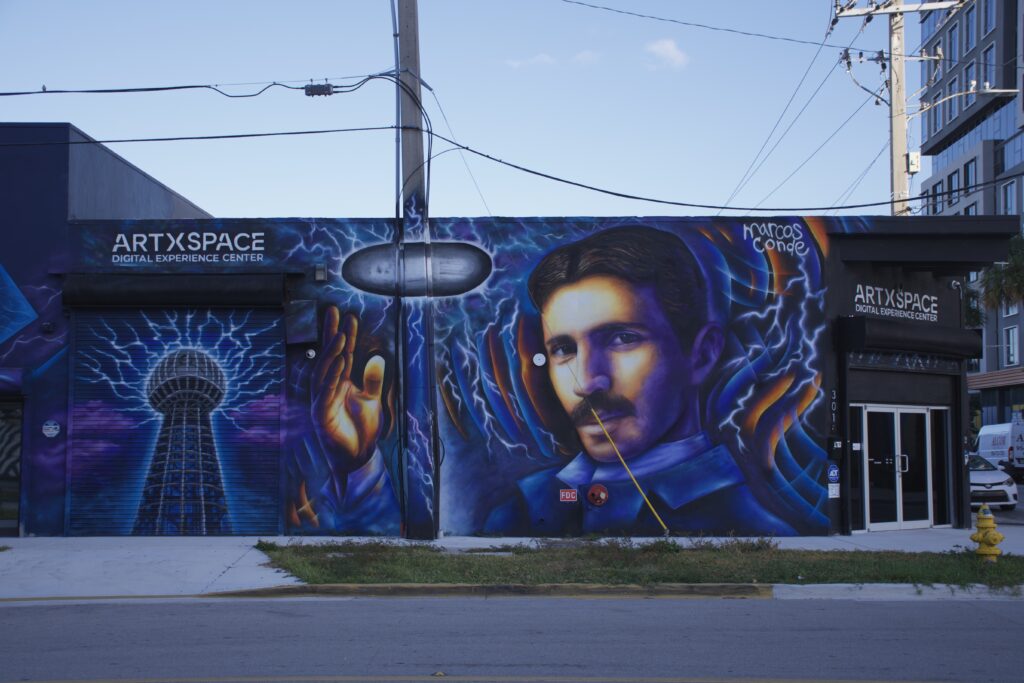
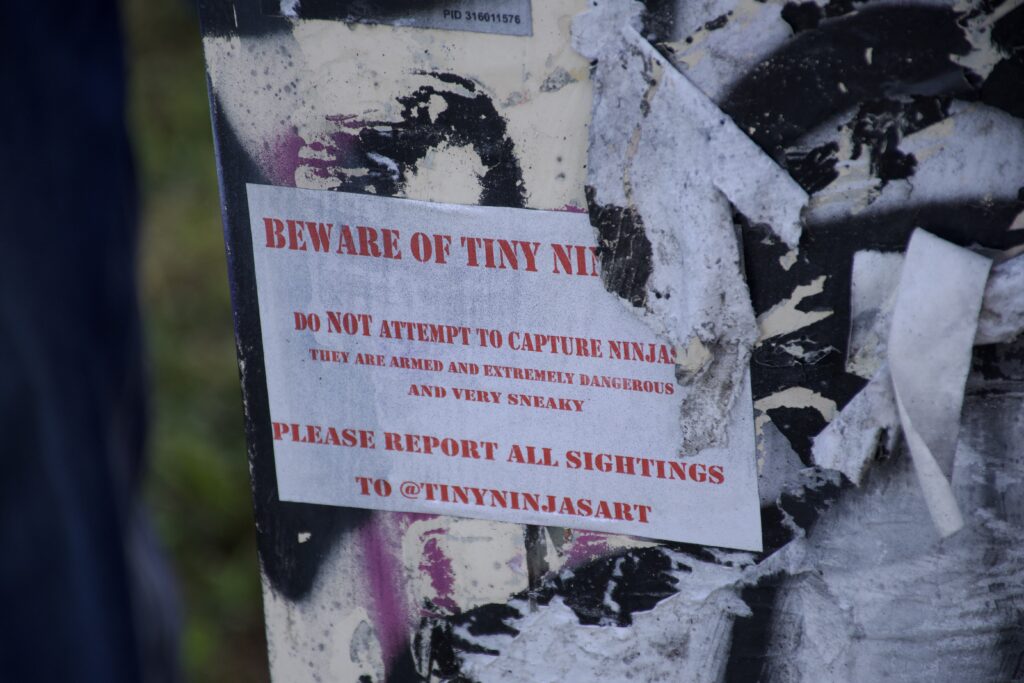


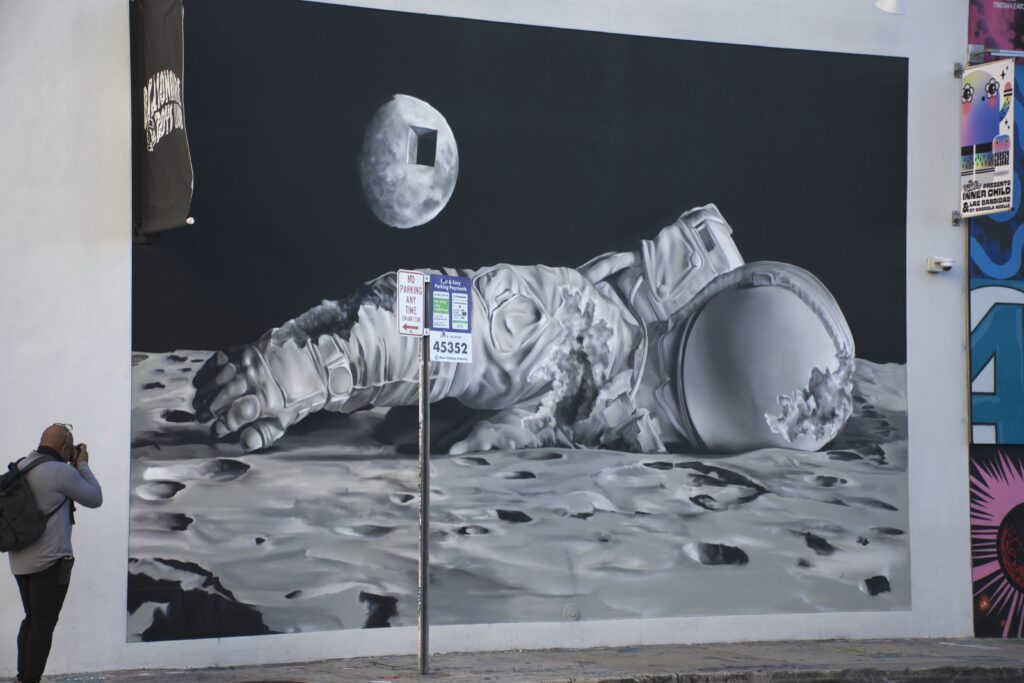
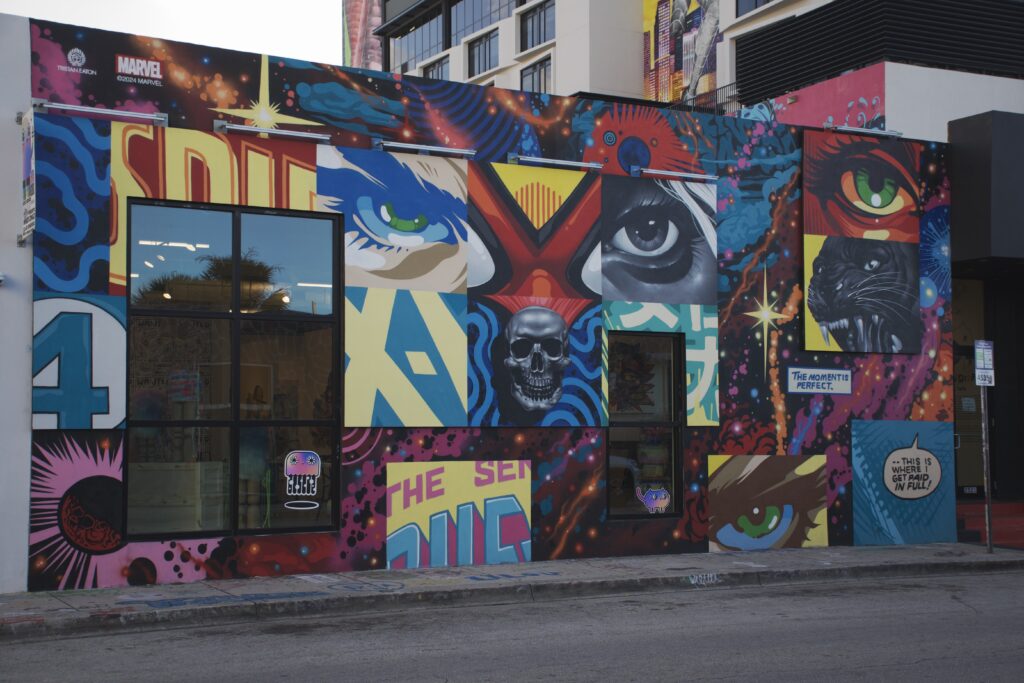
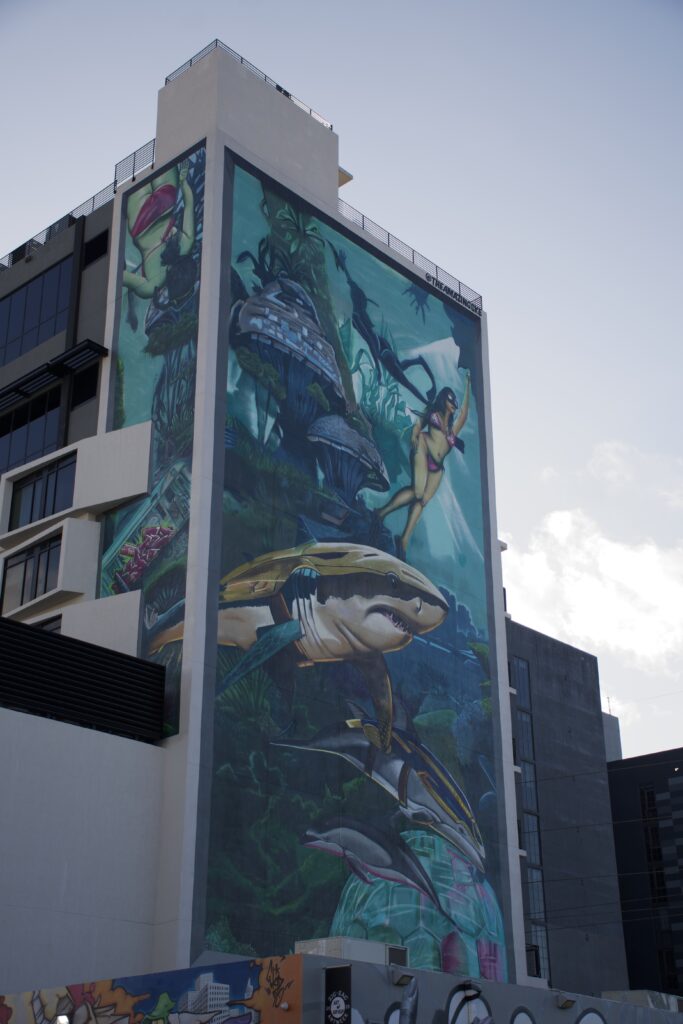
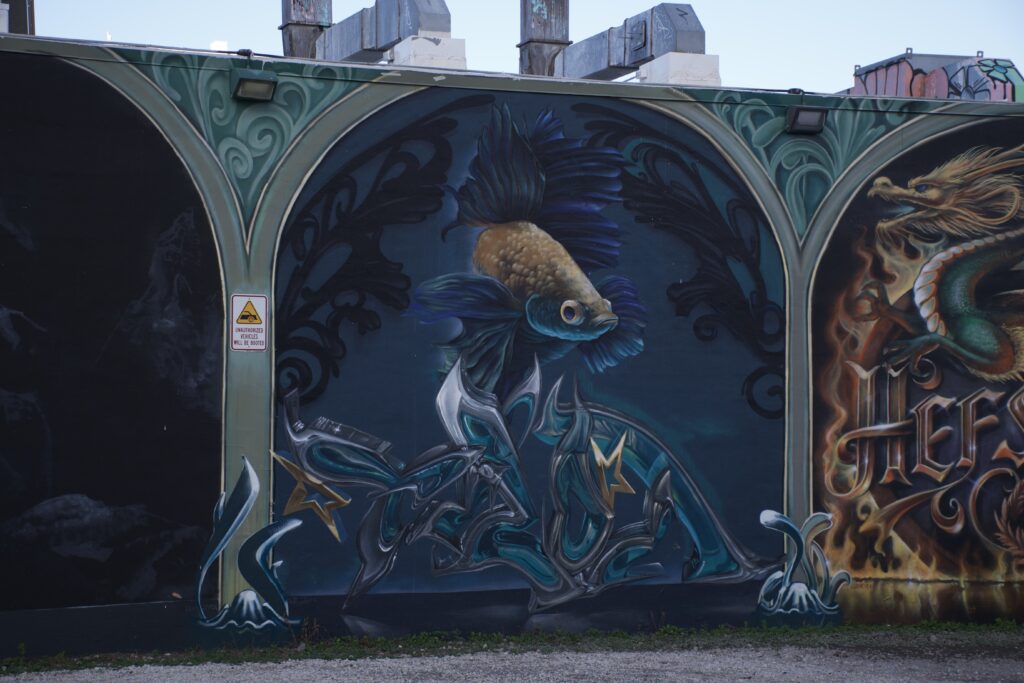
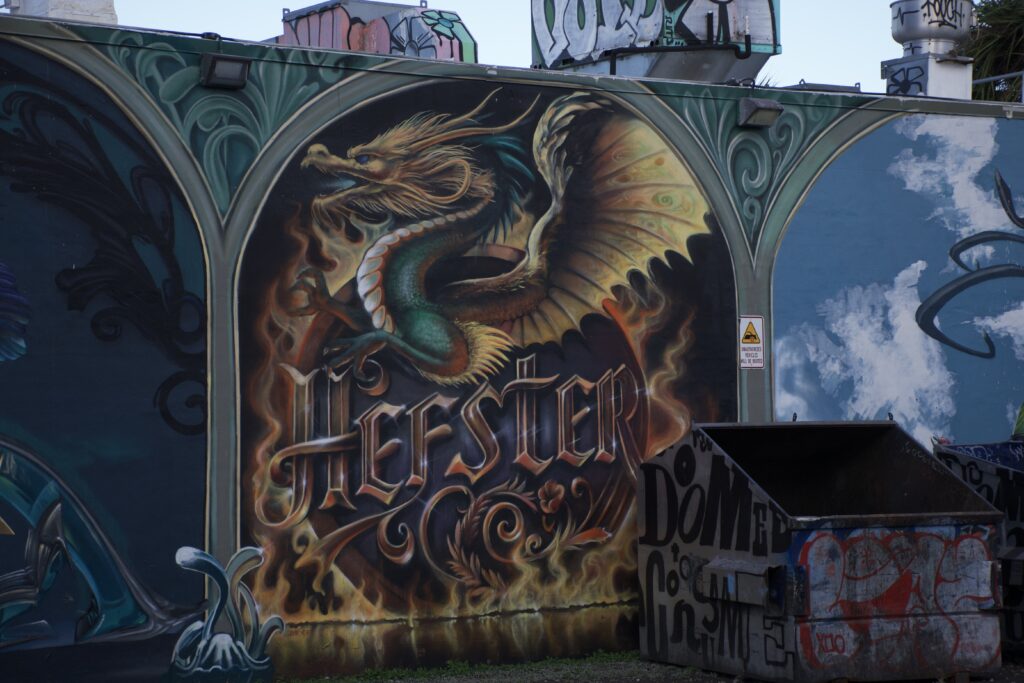

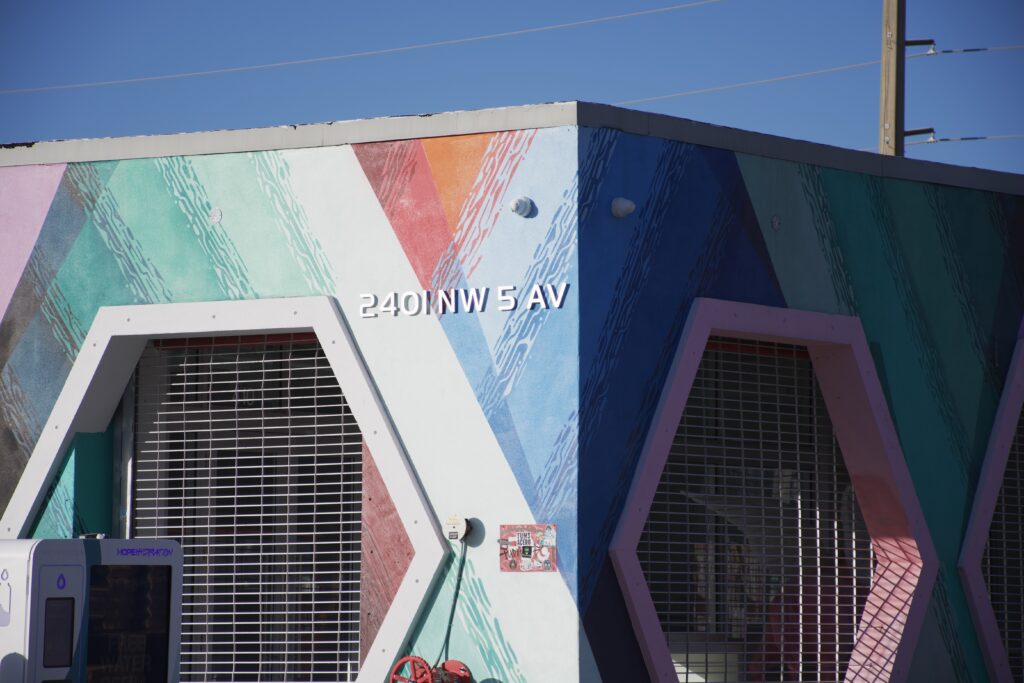
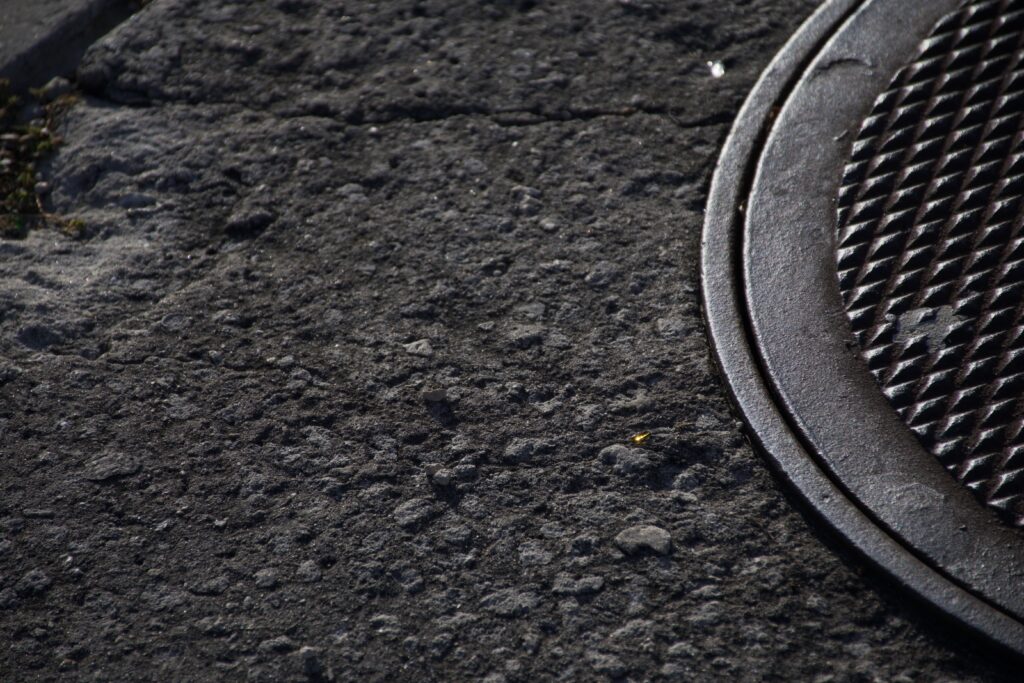
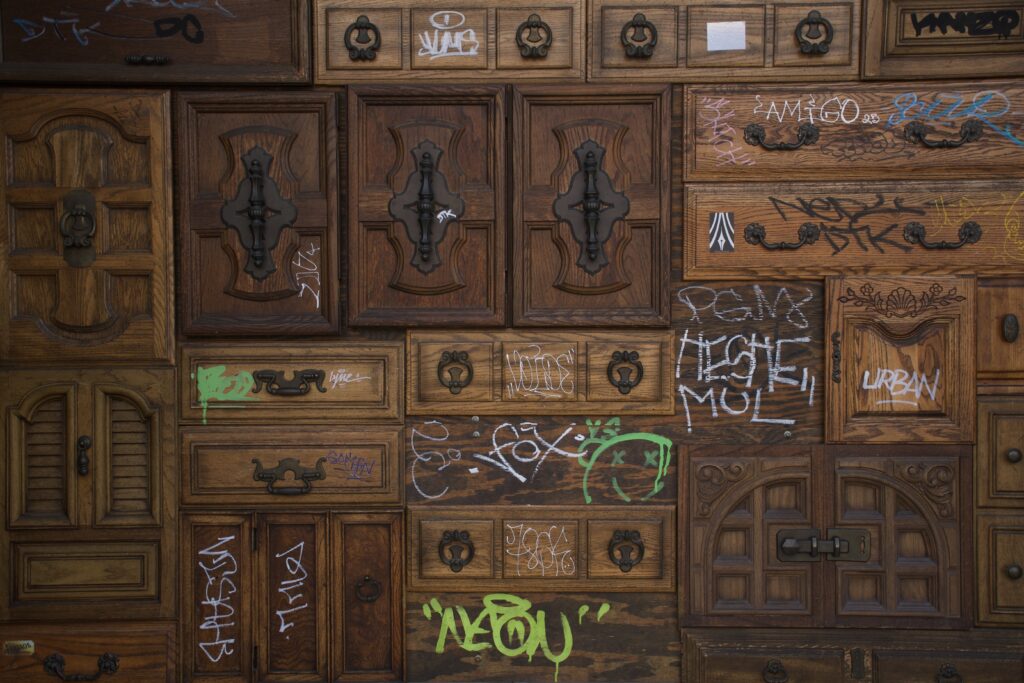
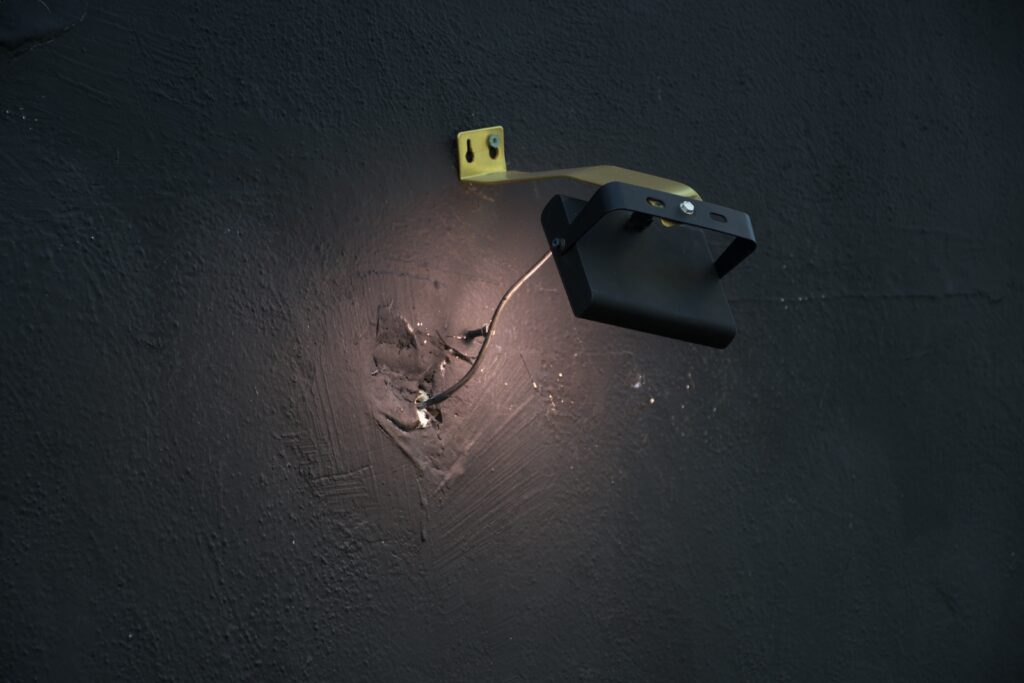
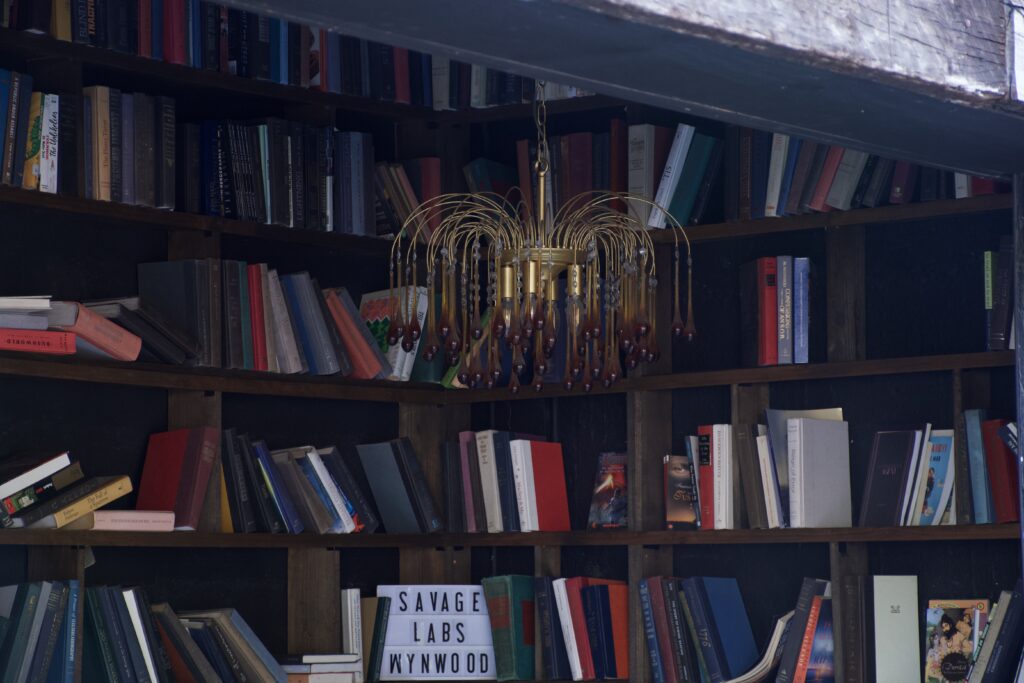
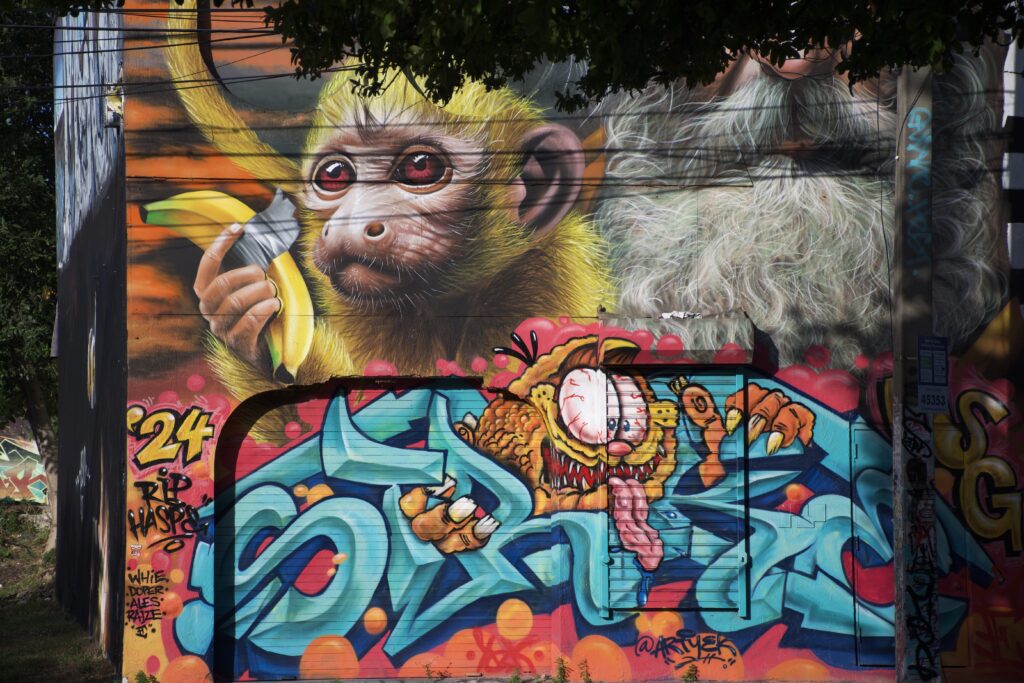
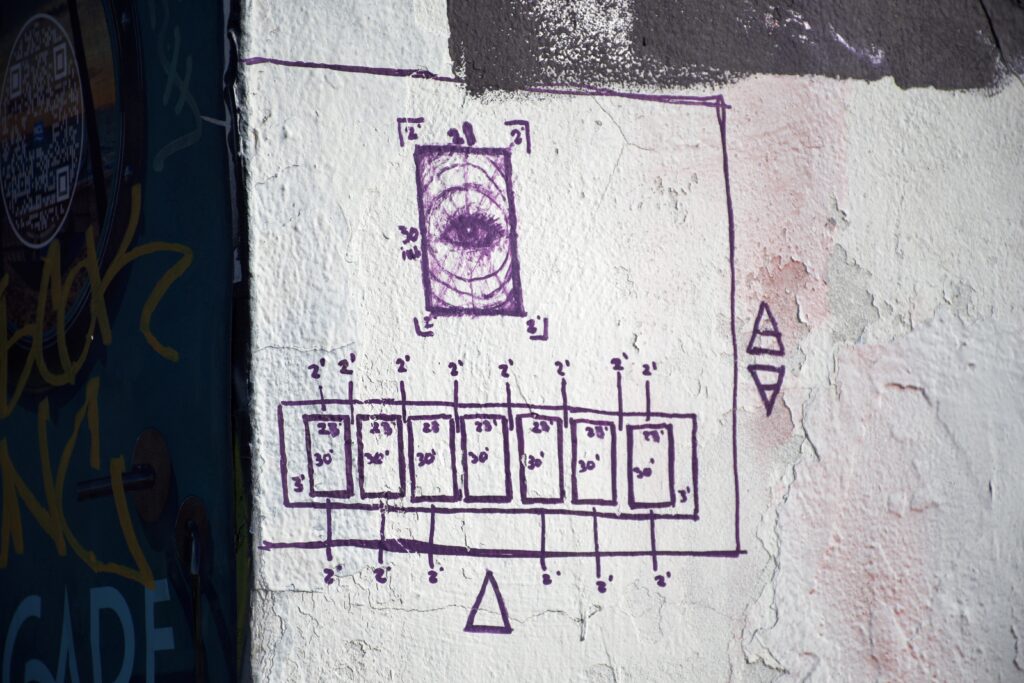
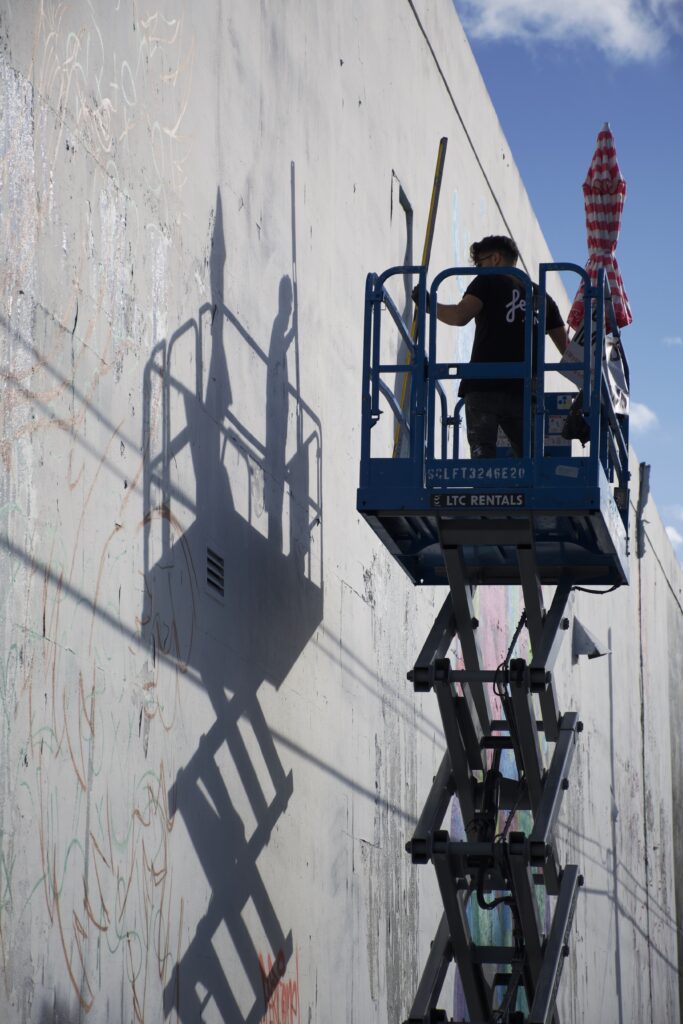
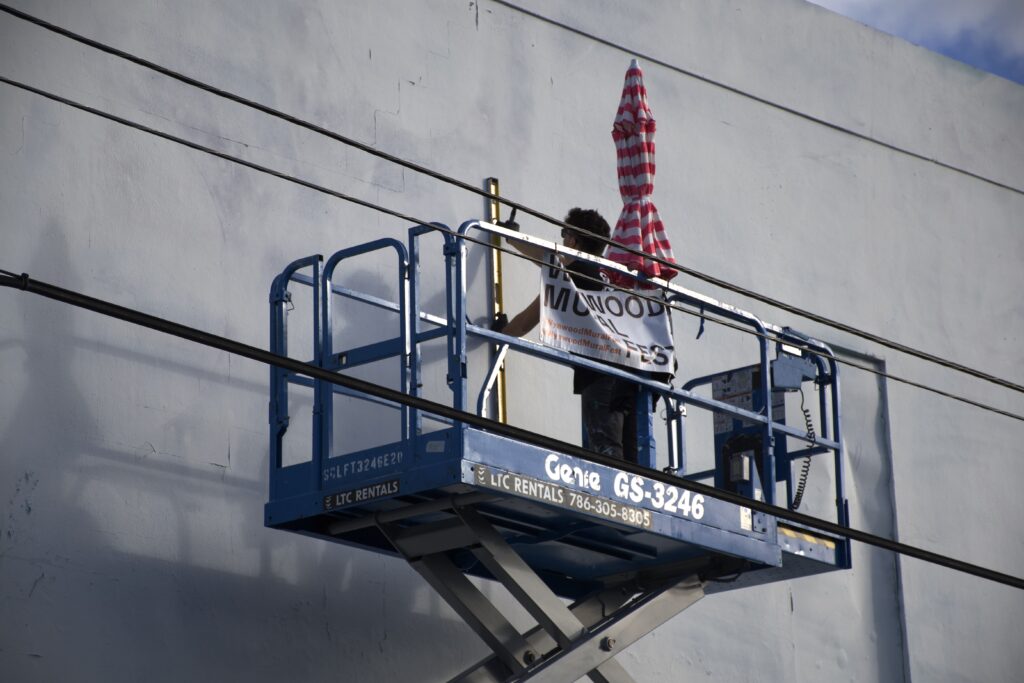

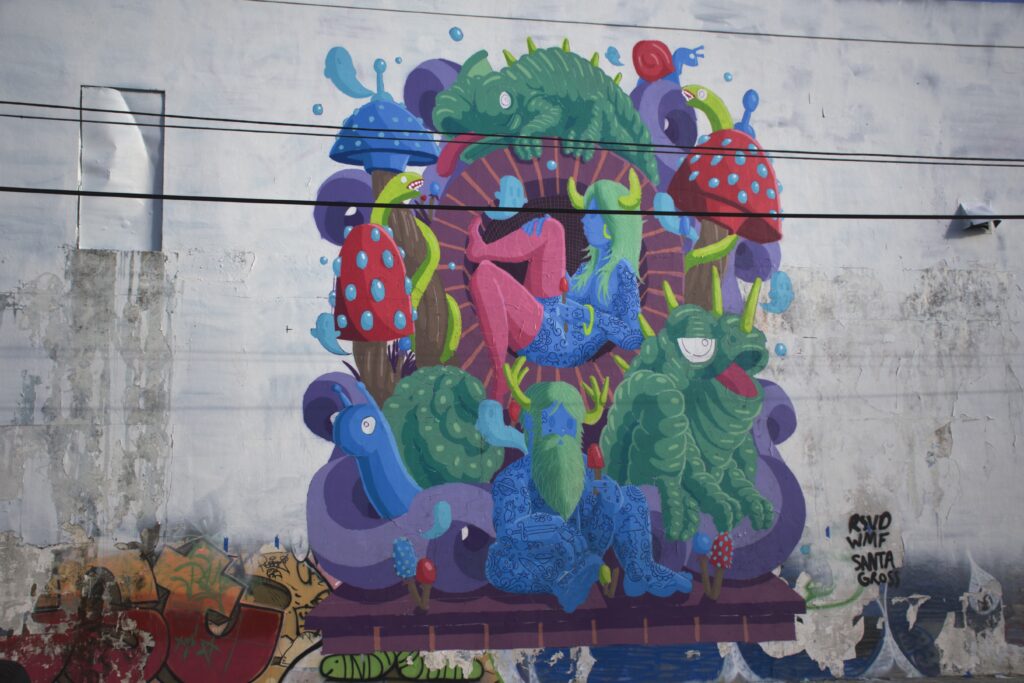
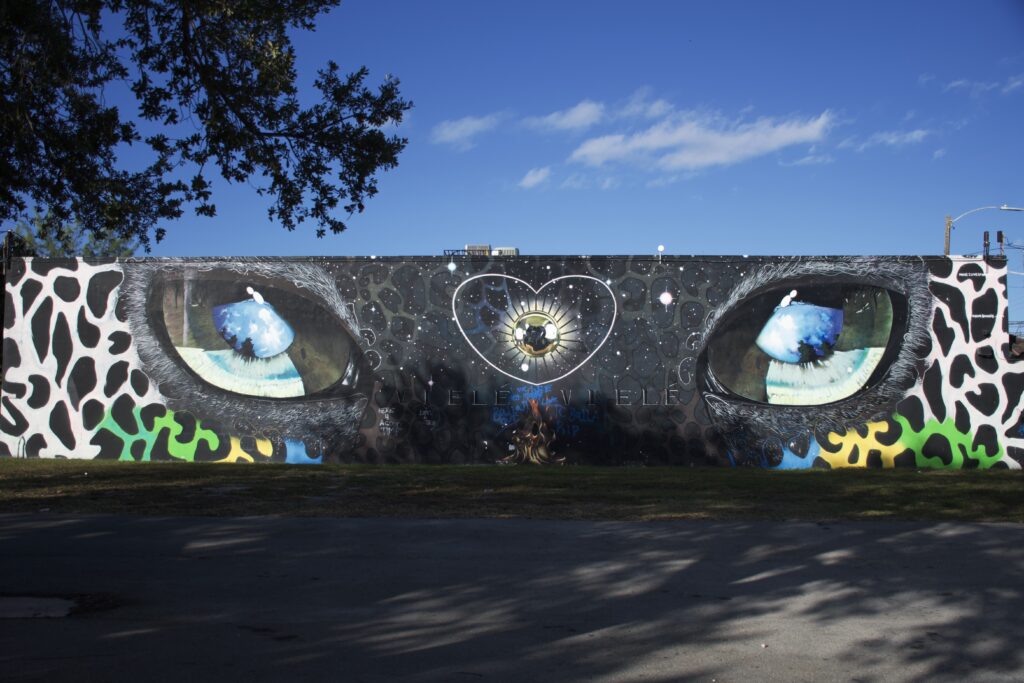
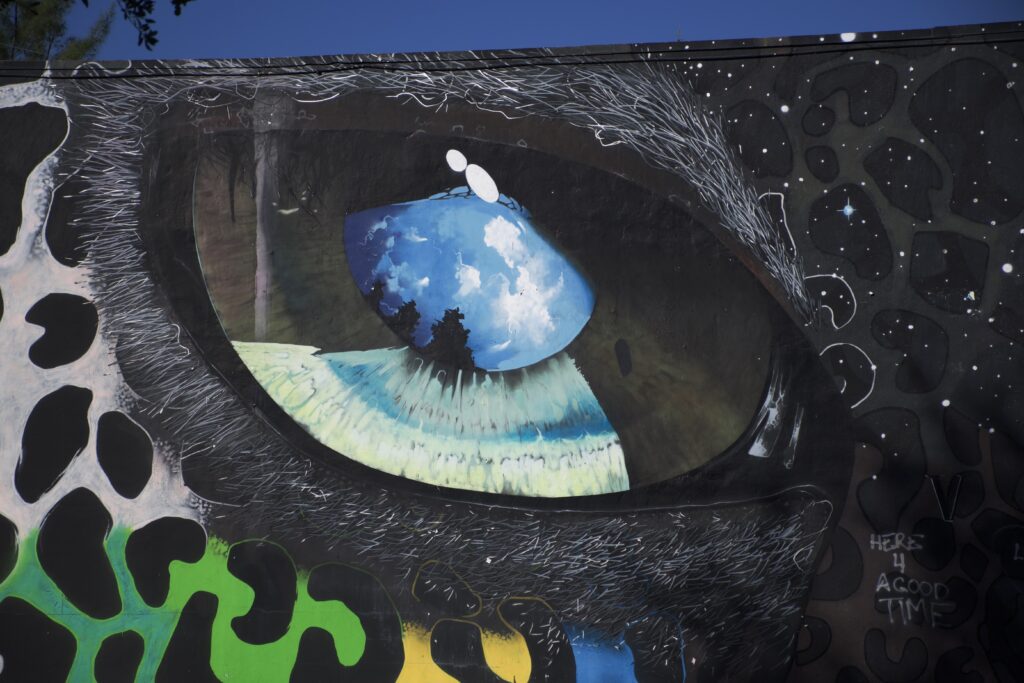
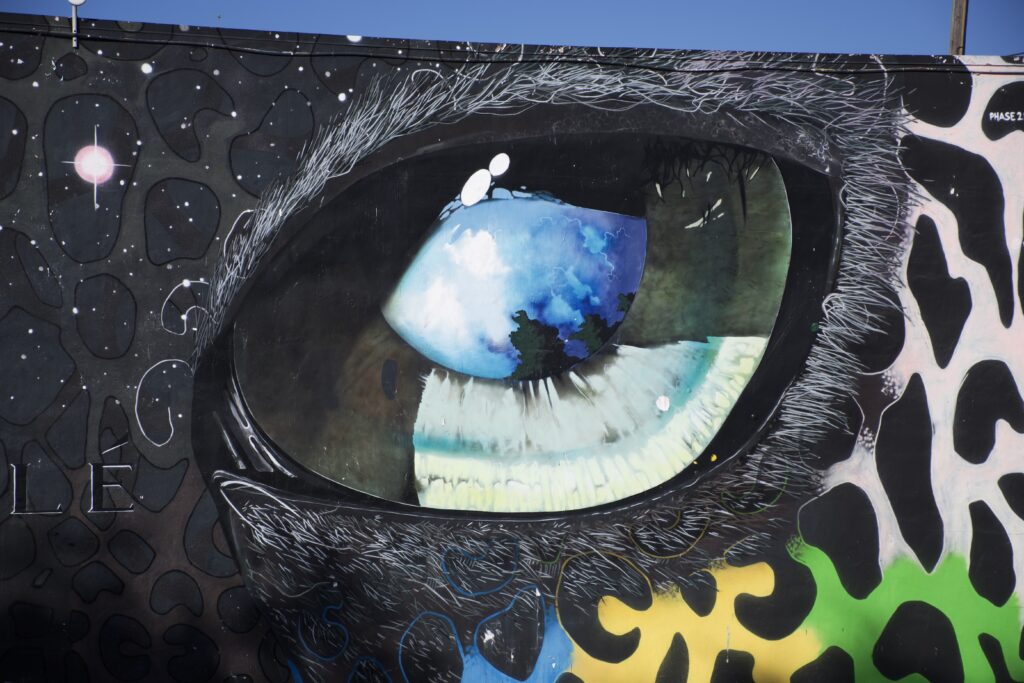
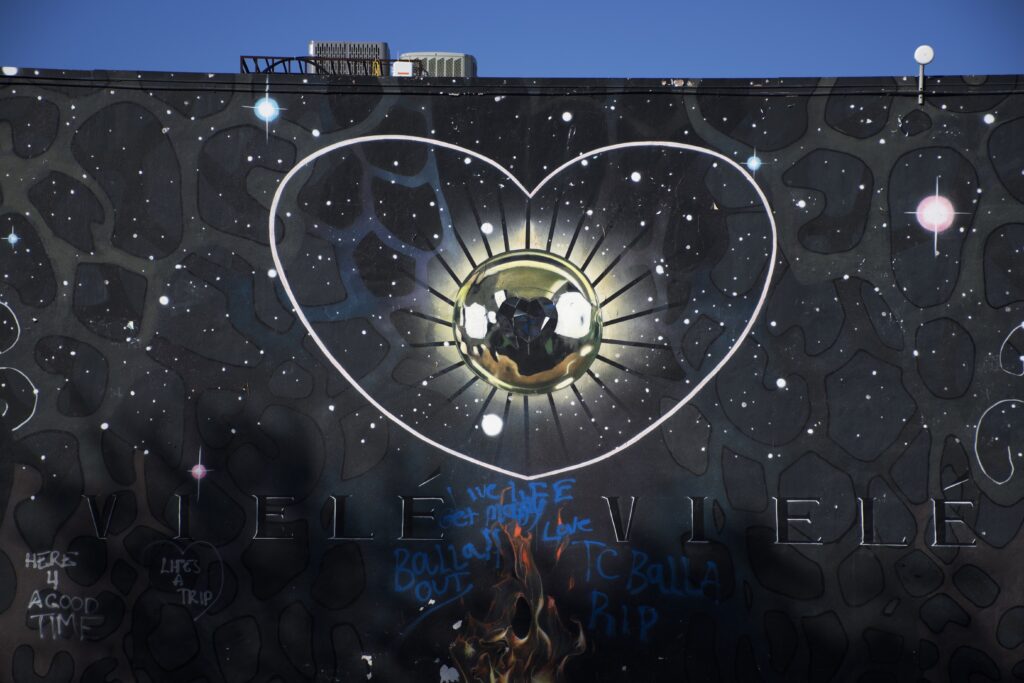
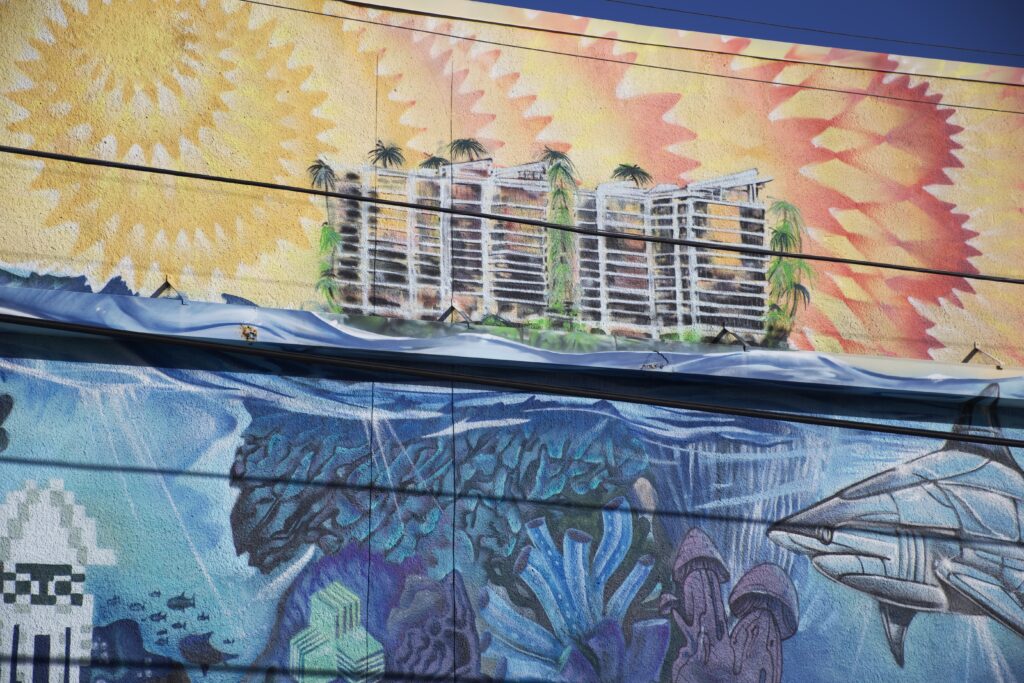
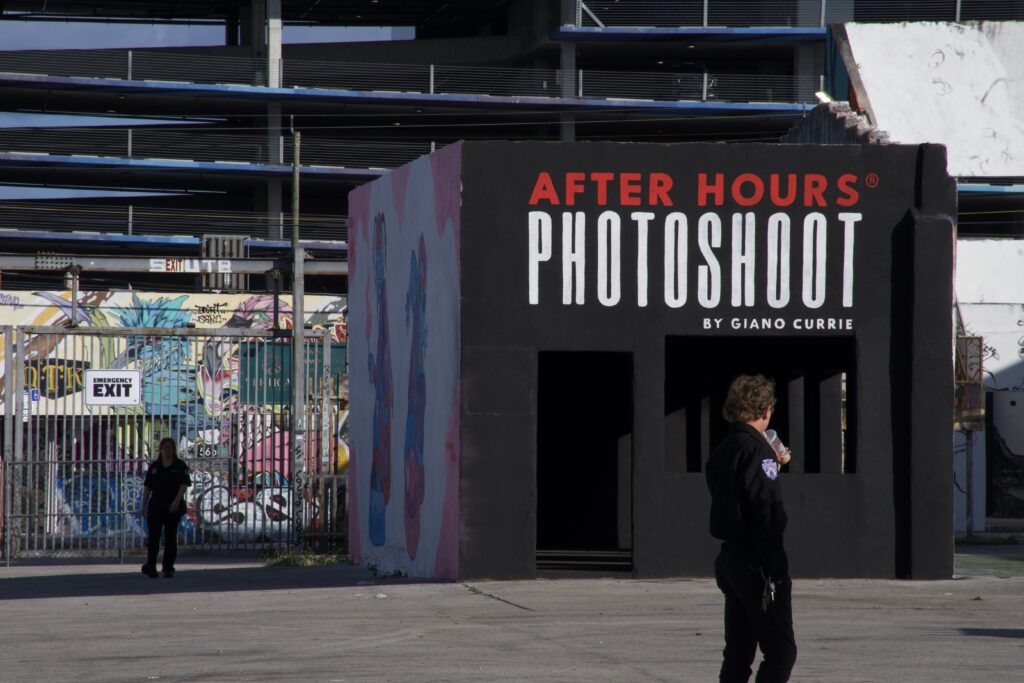
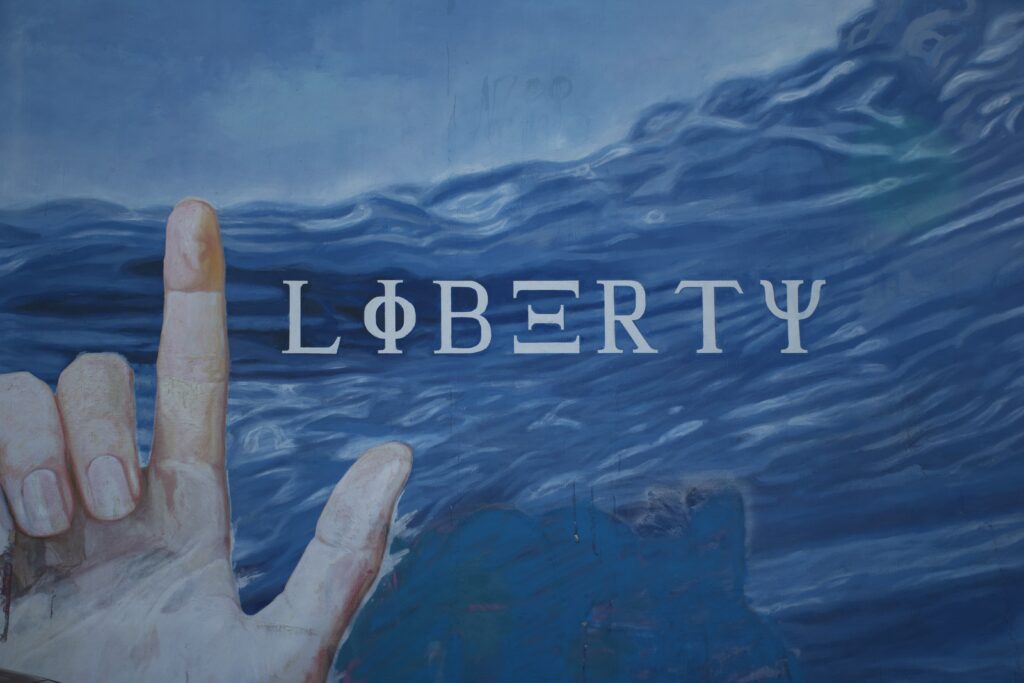
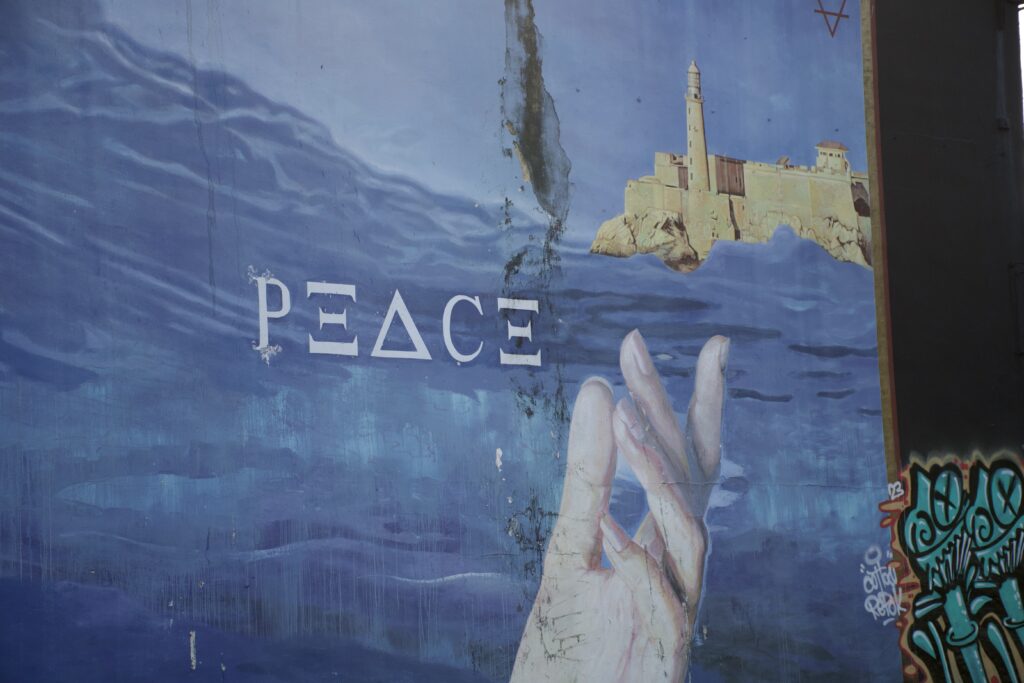
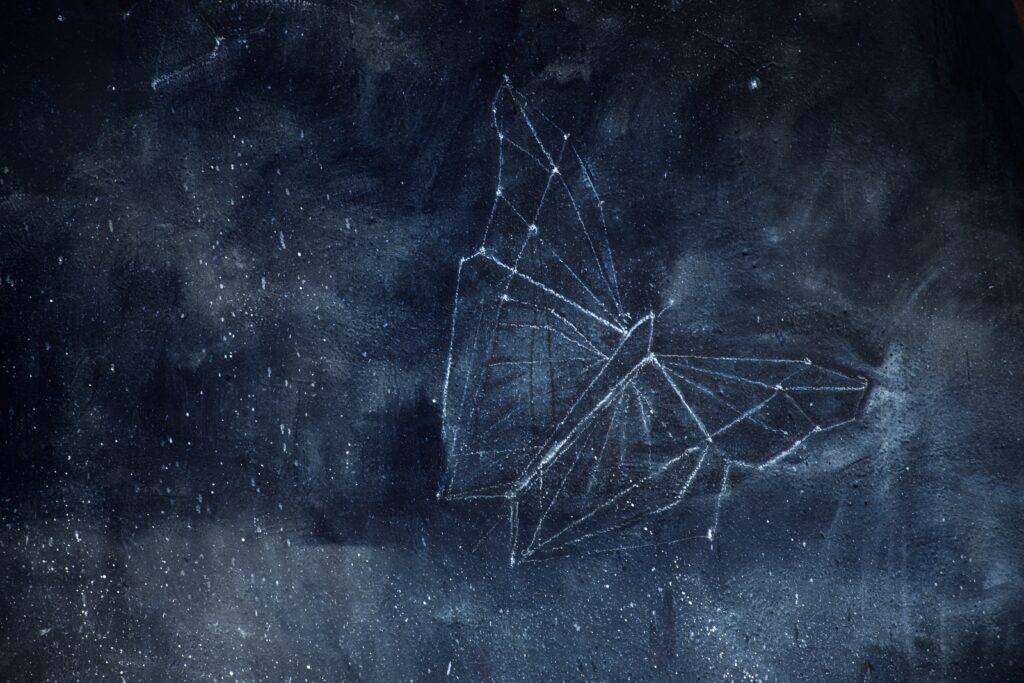
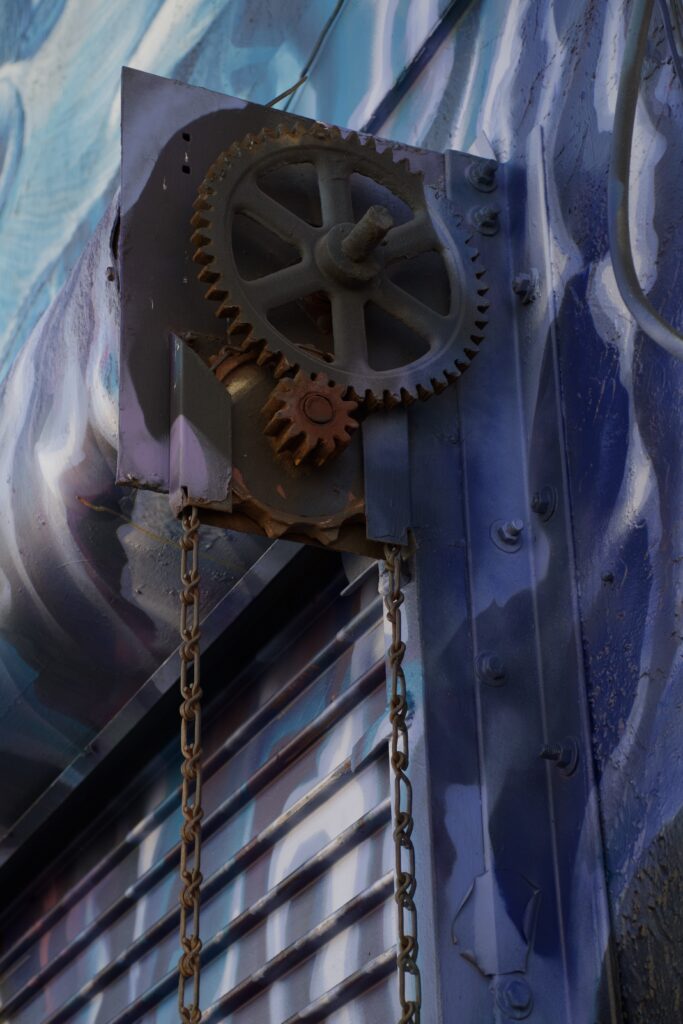
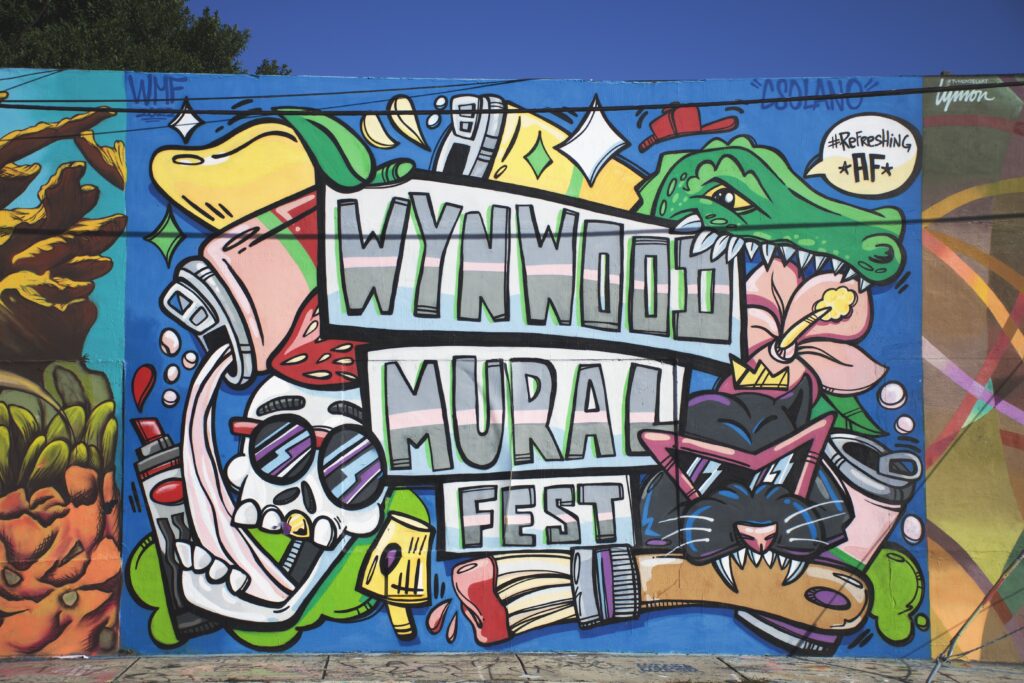
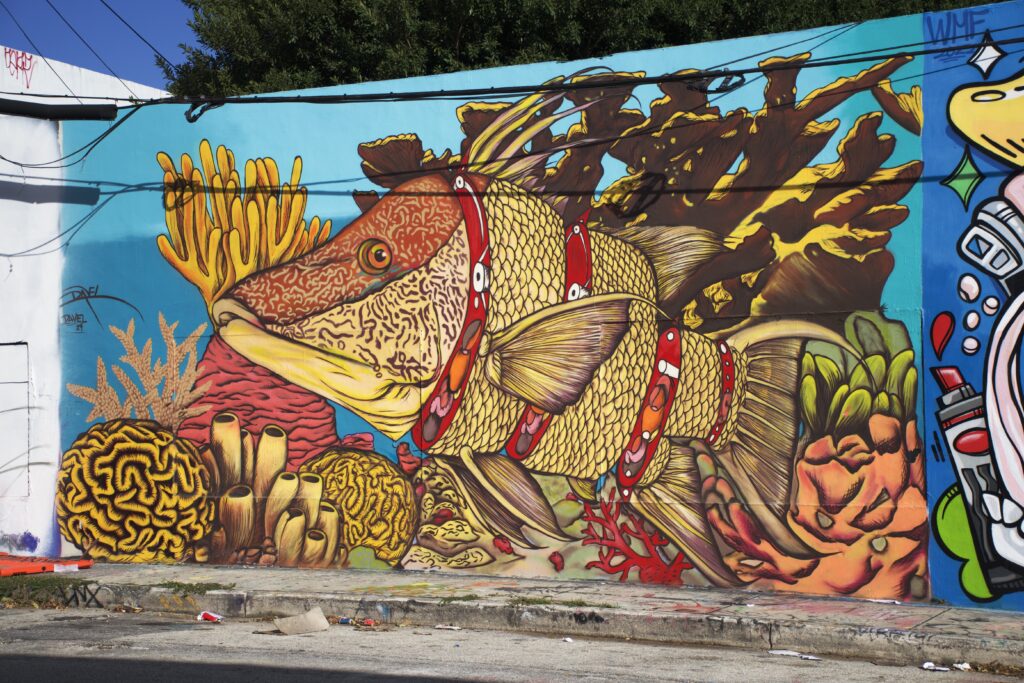
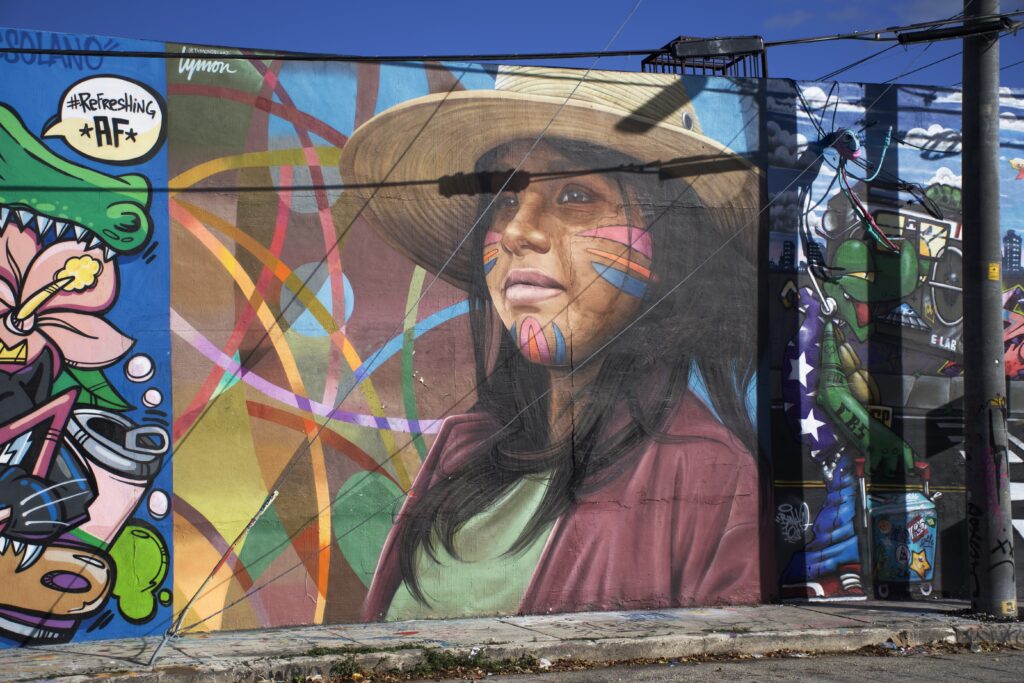
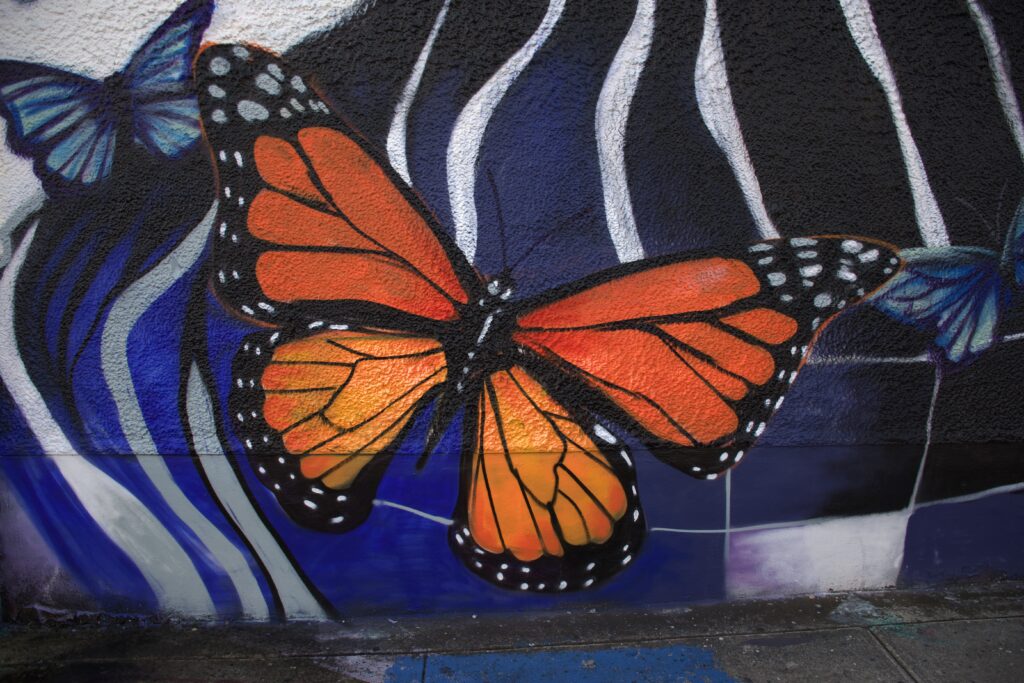
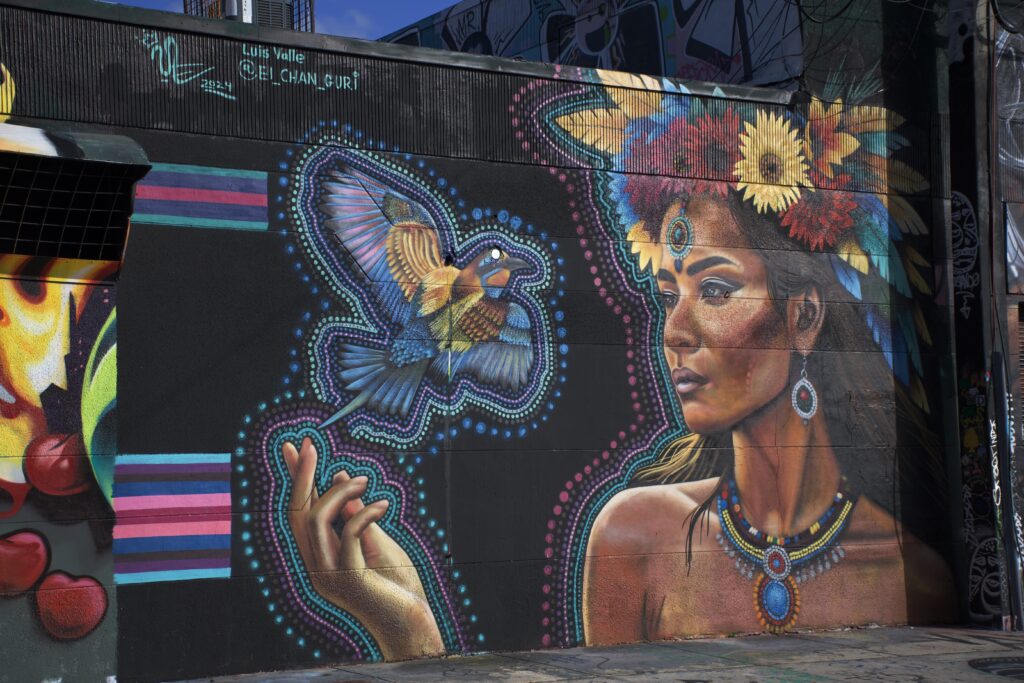
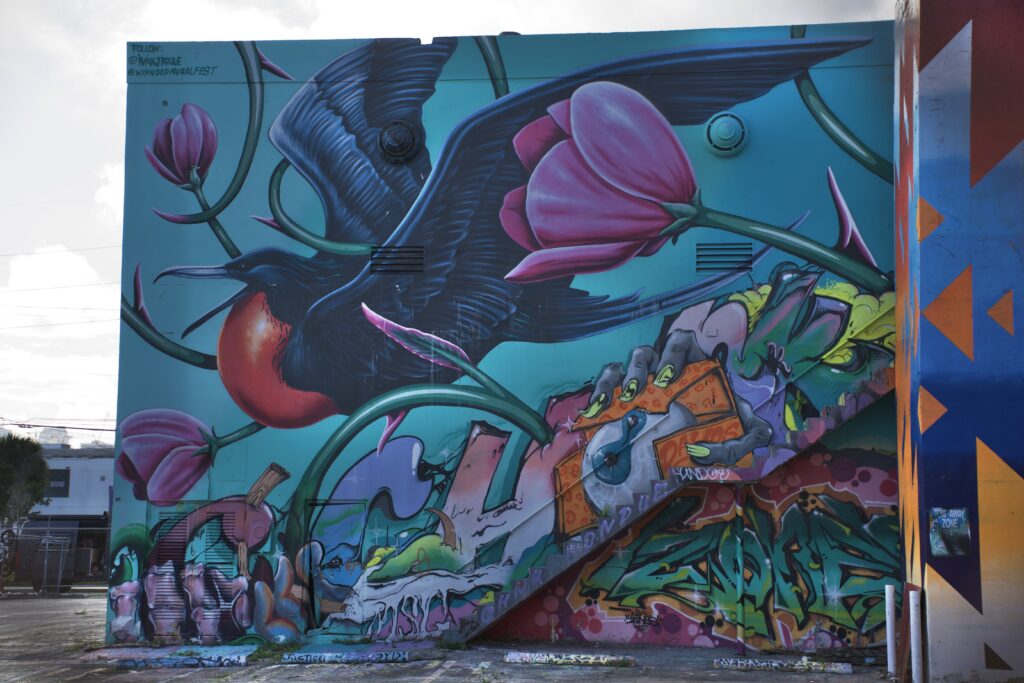
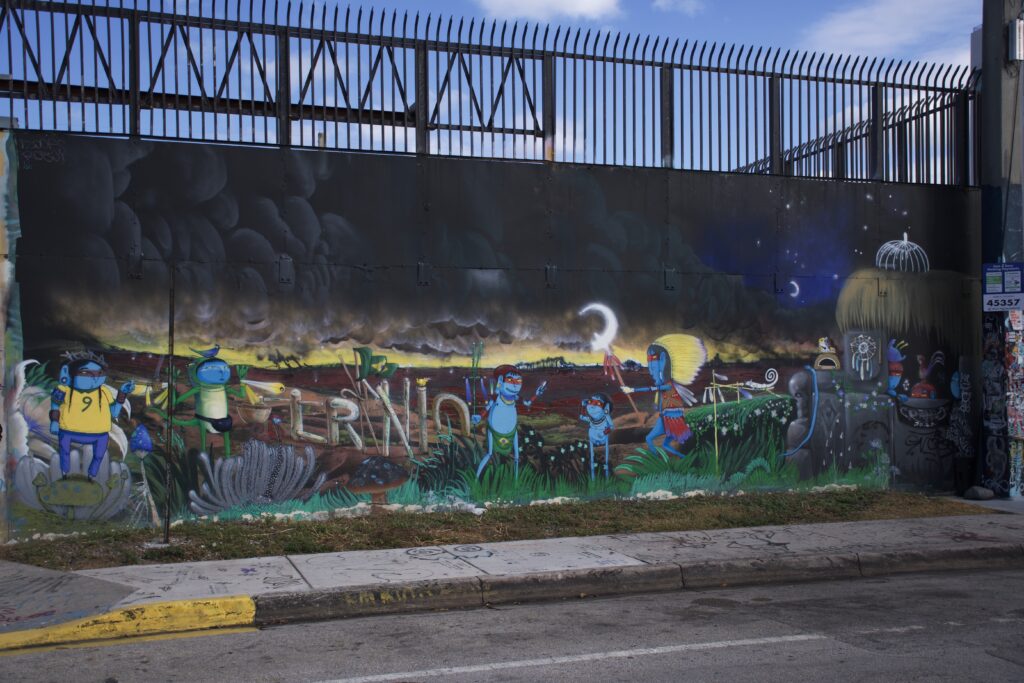
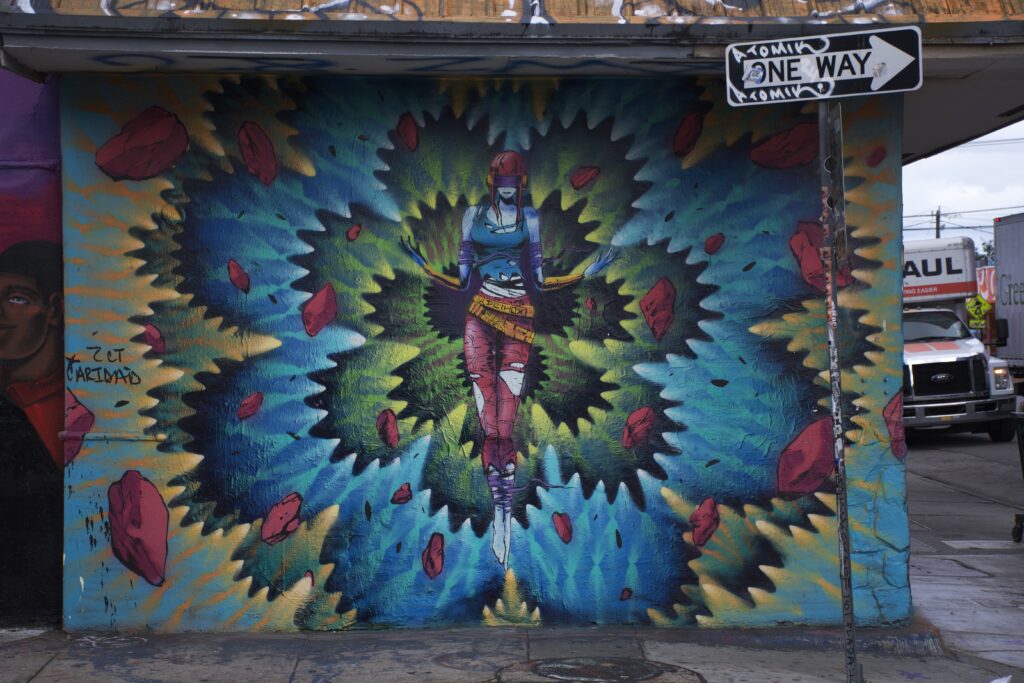
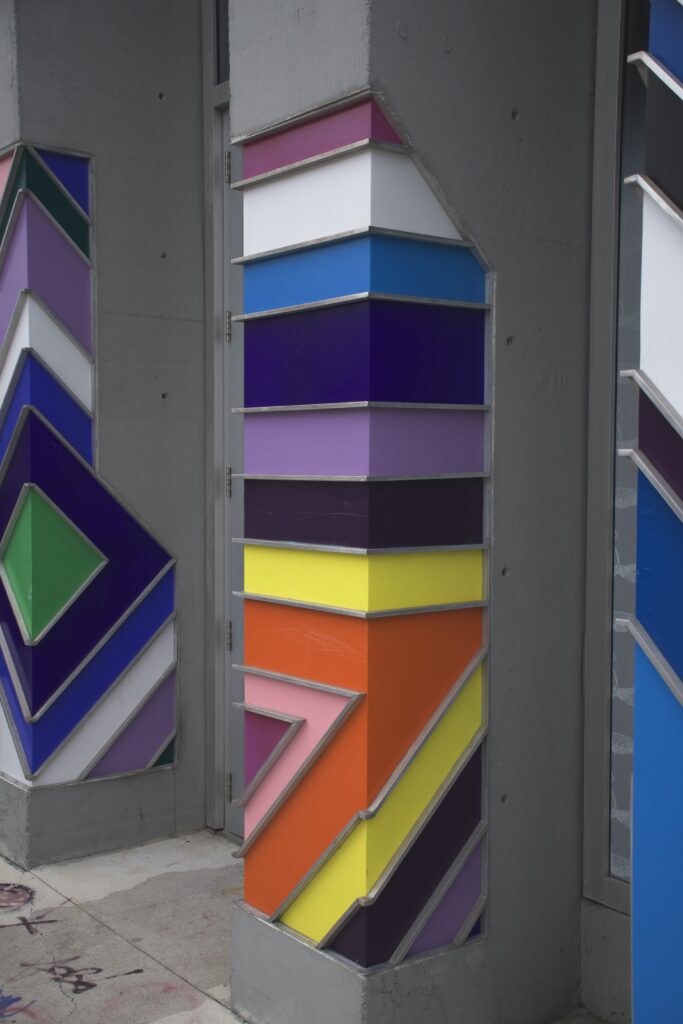
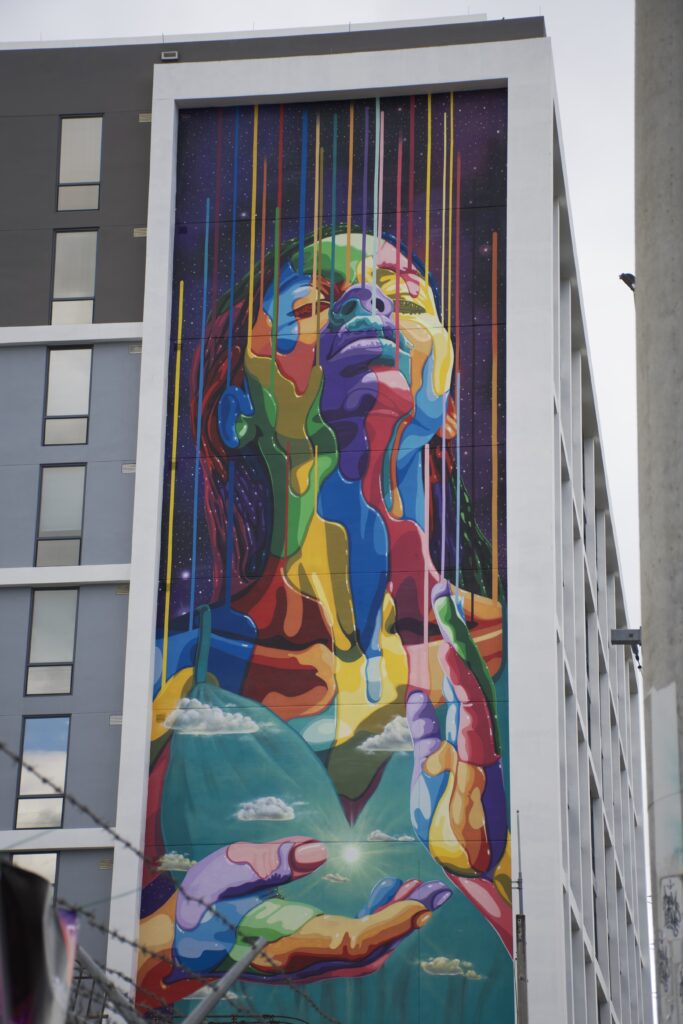
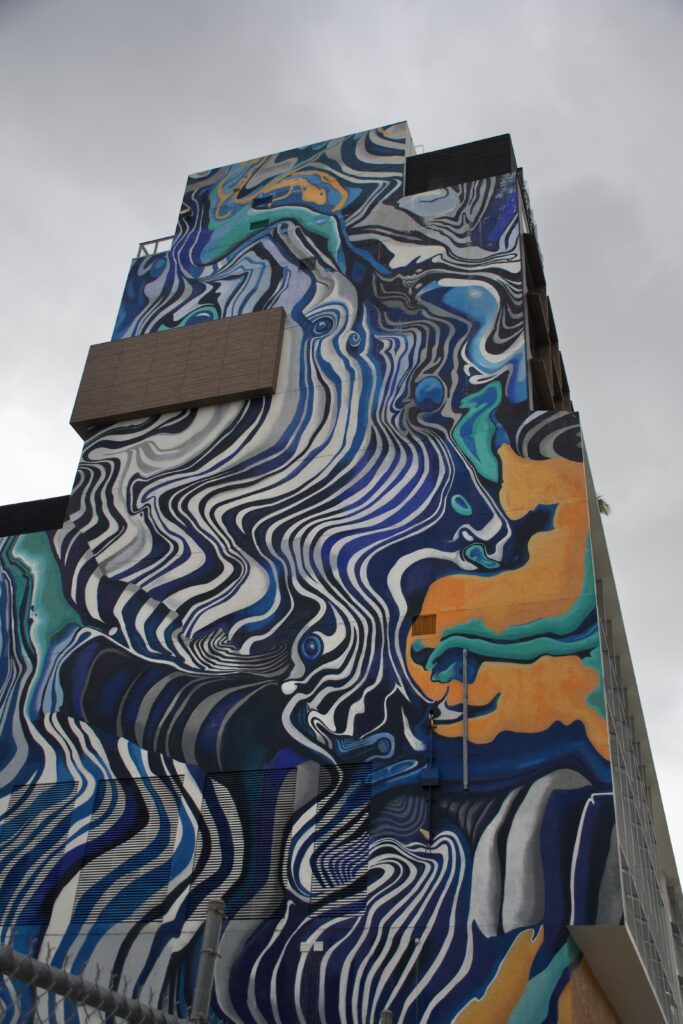
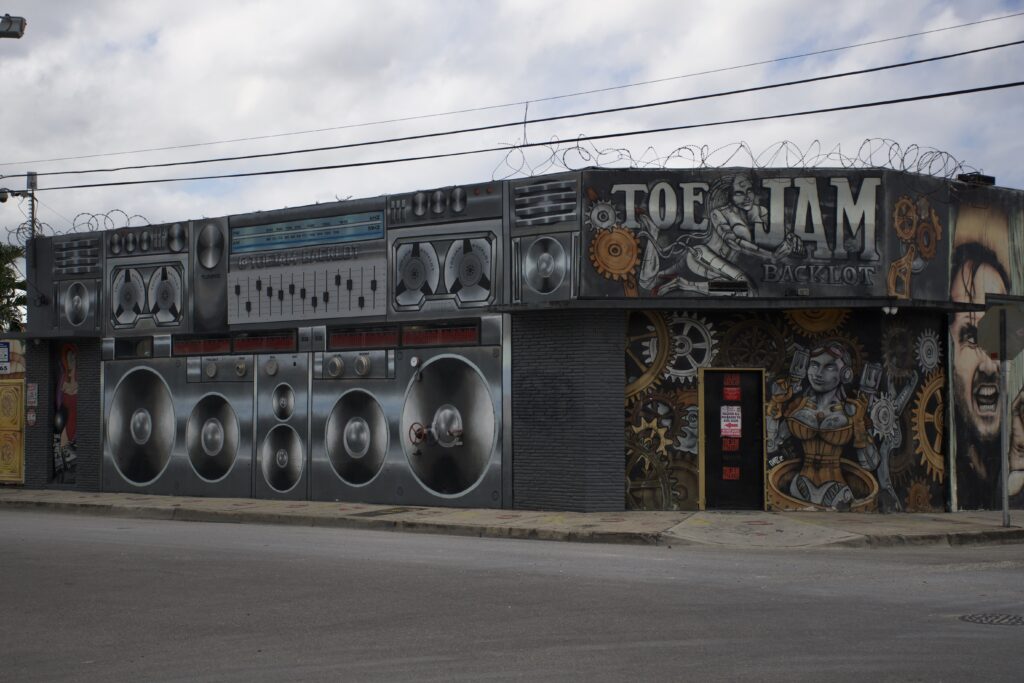
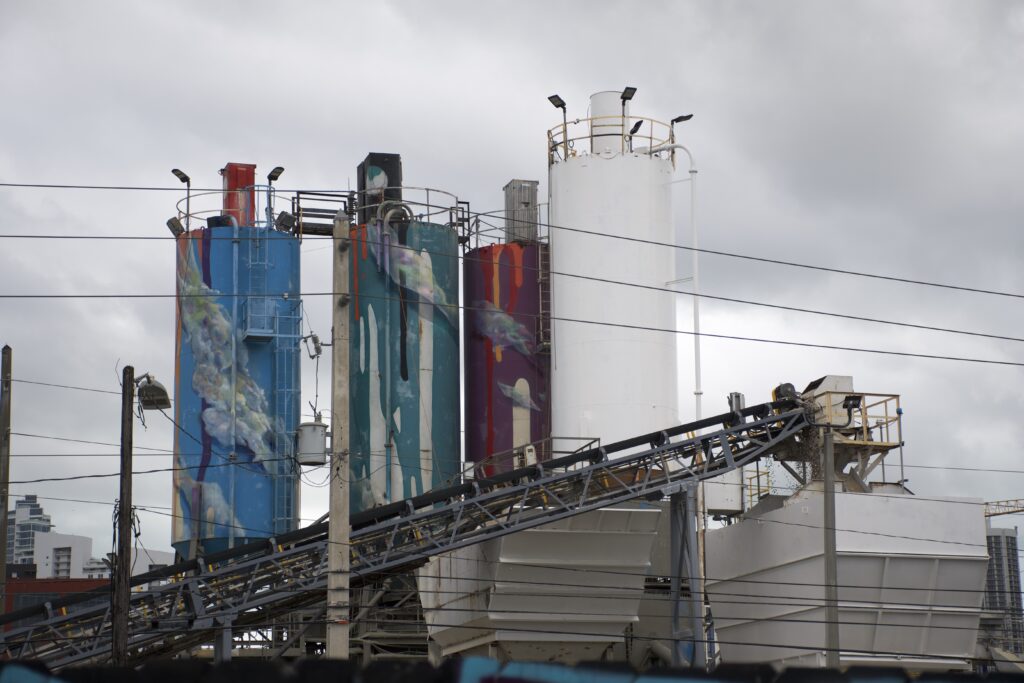

This month’s excursion took us to the Wynwood neighborhood of Miami, with an emphasis on the murals and street-art, as well as watching the preparation for events associated with the upcoming Art Basel festival.





















































The October 2025 photowalk took us to downtown Miami. The theme was the mixture of old and new, seeing Miami as a city of constant reinvention. It was a blustery day, with winds whipping clouds and rain showers past every few minutes, which made for a lot of opportunities to play with light and reflection.
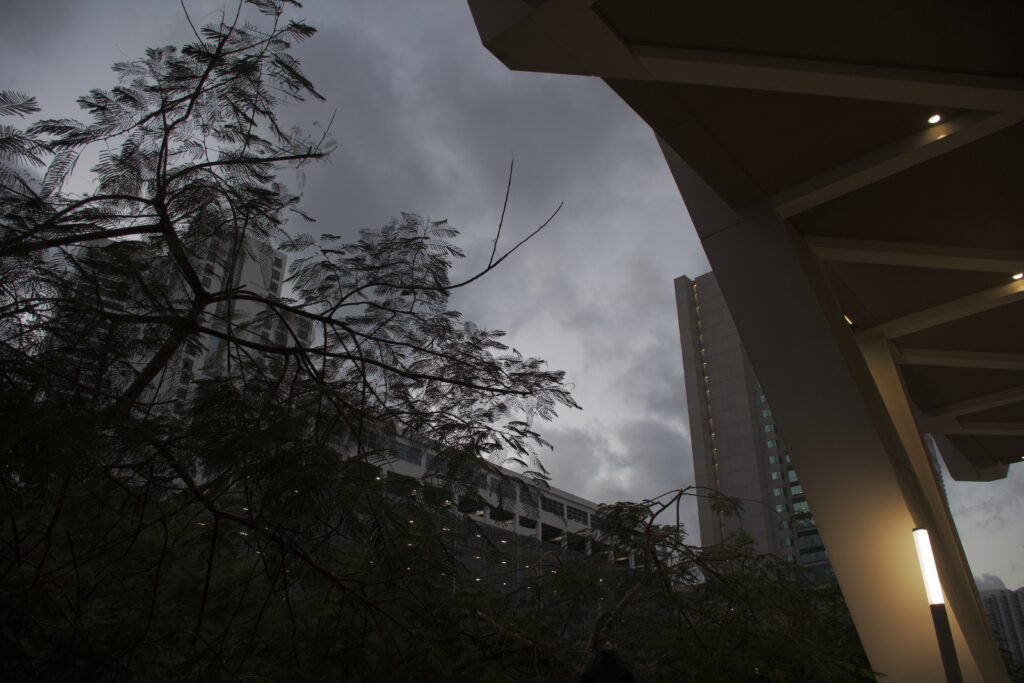
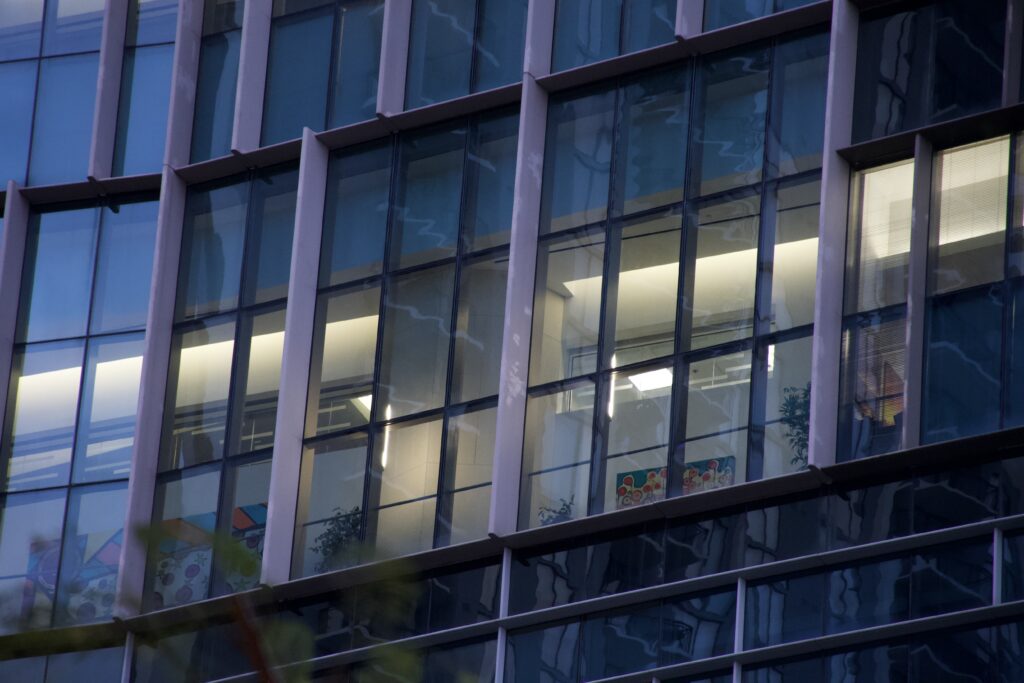
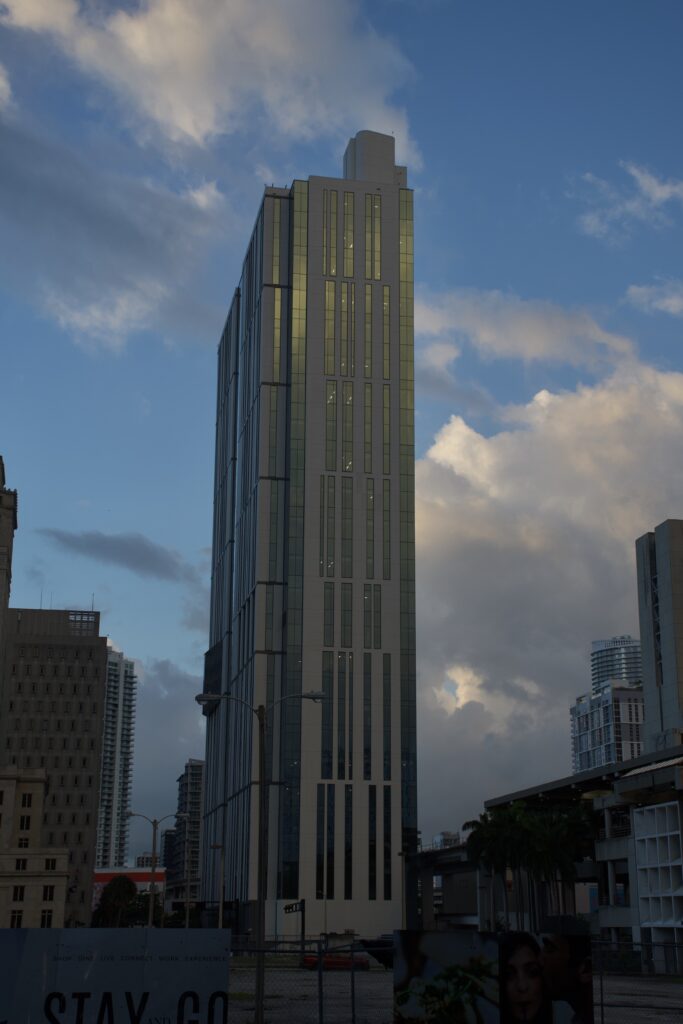
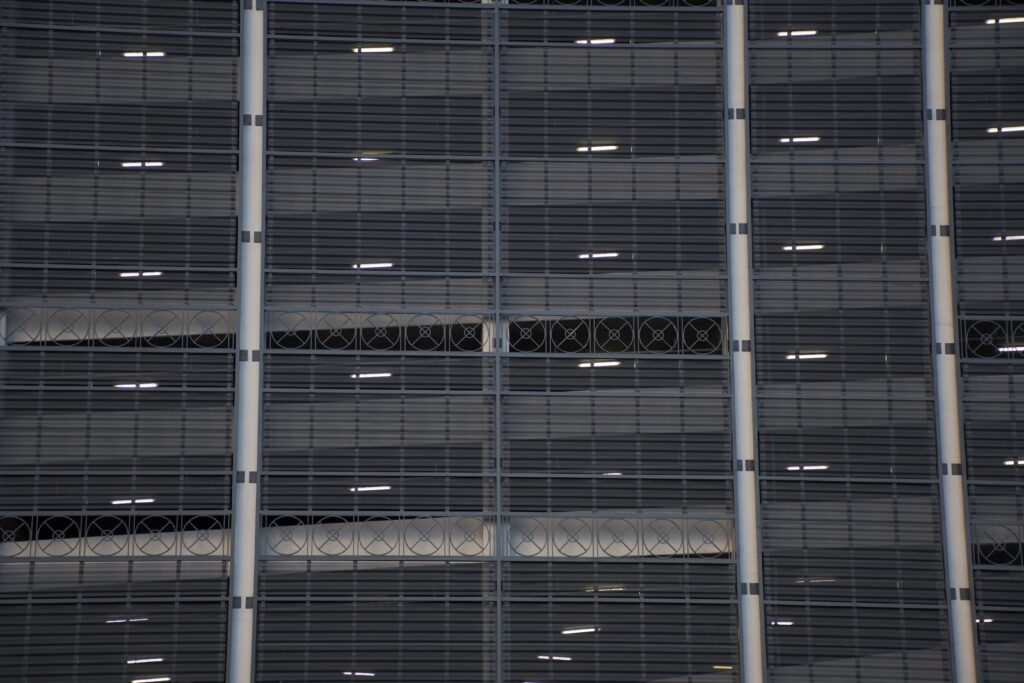
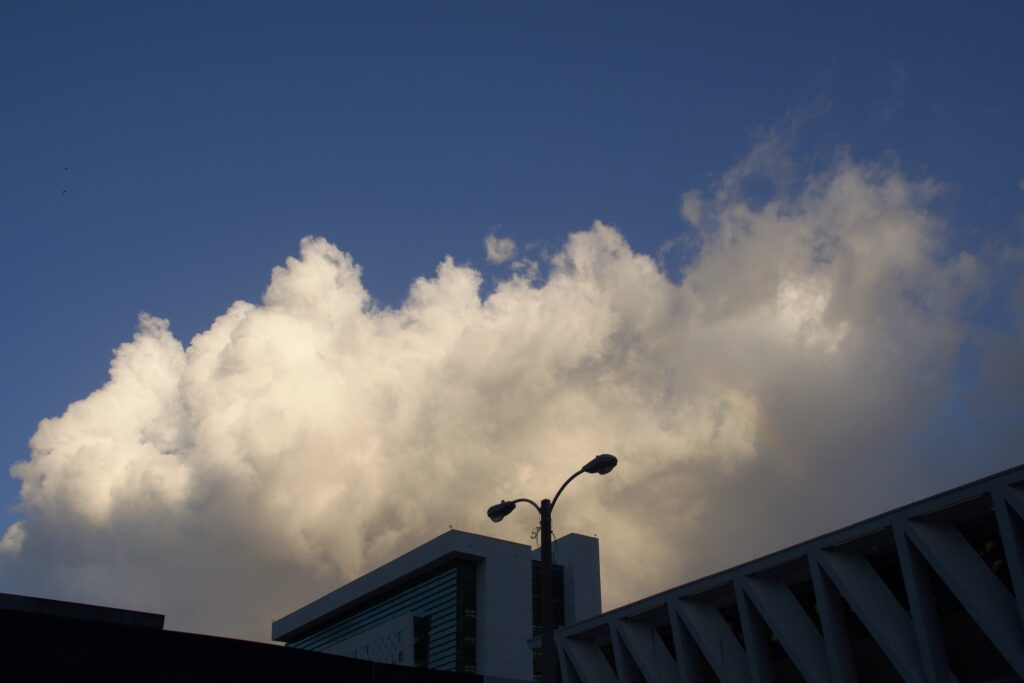
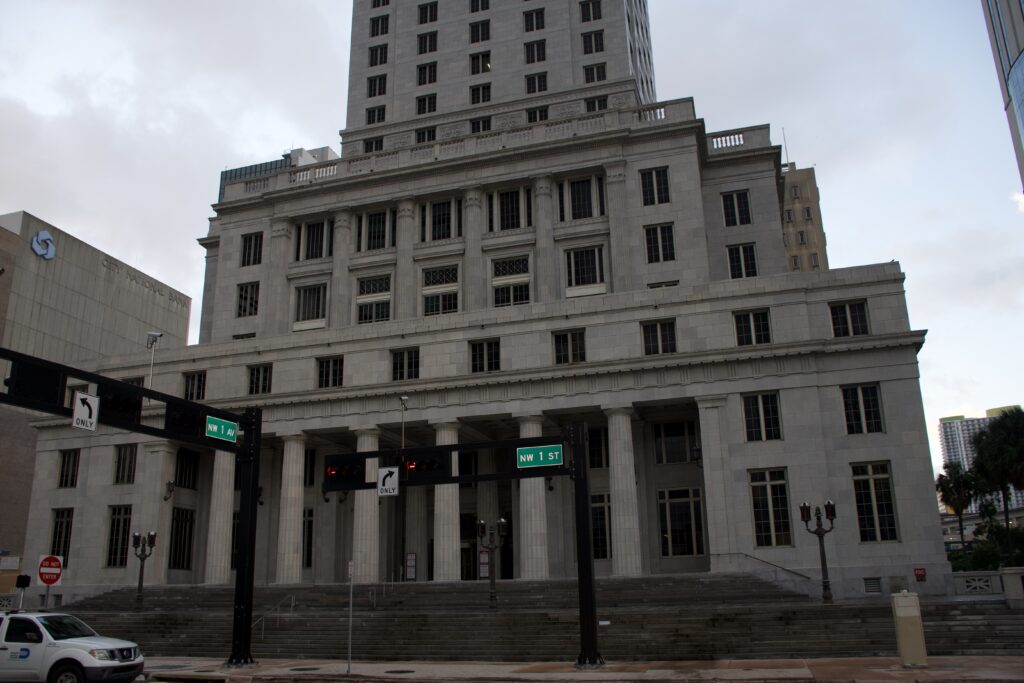
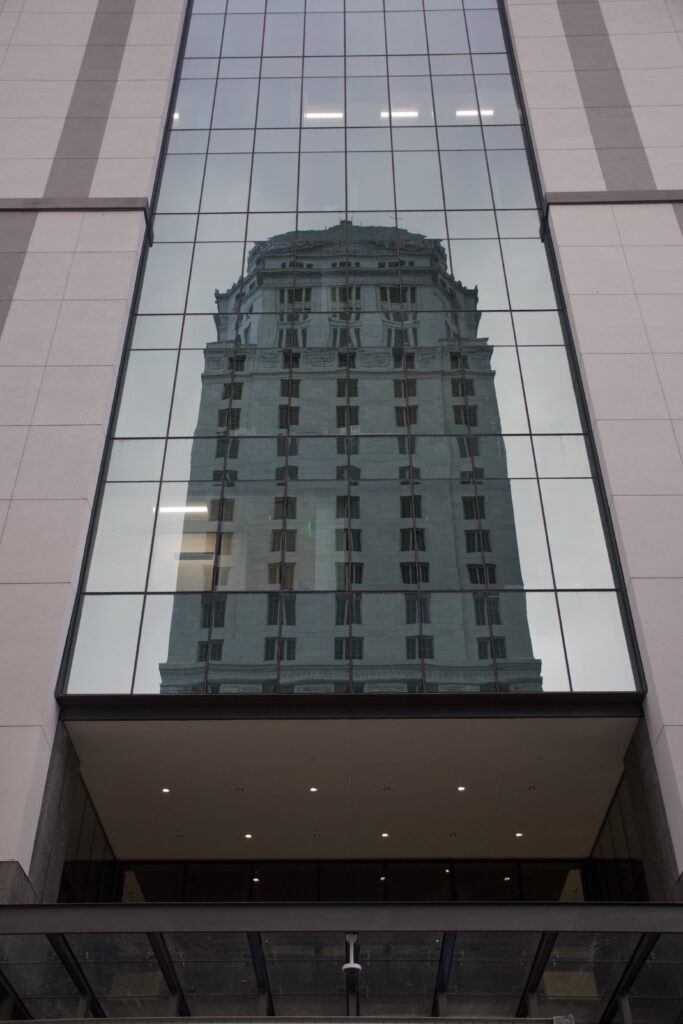
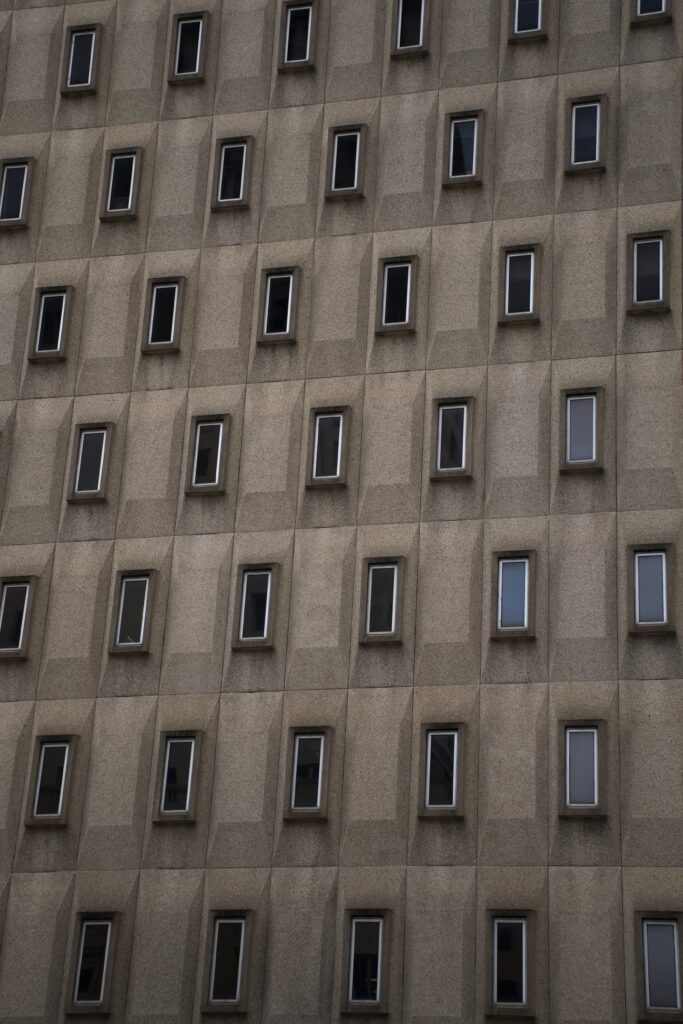
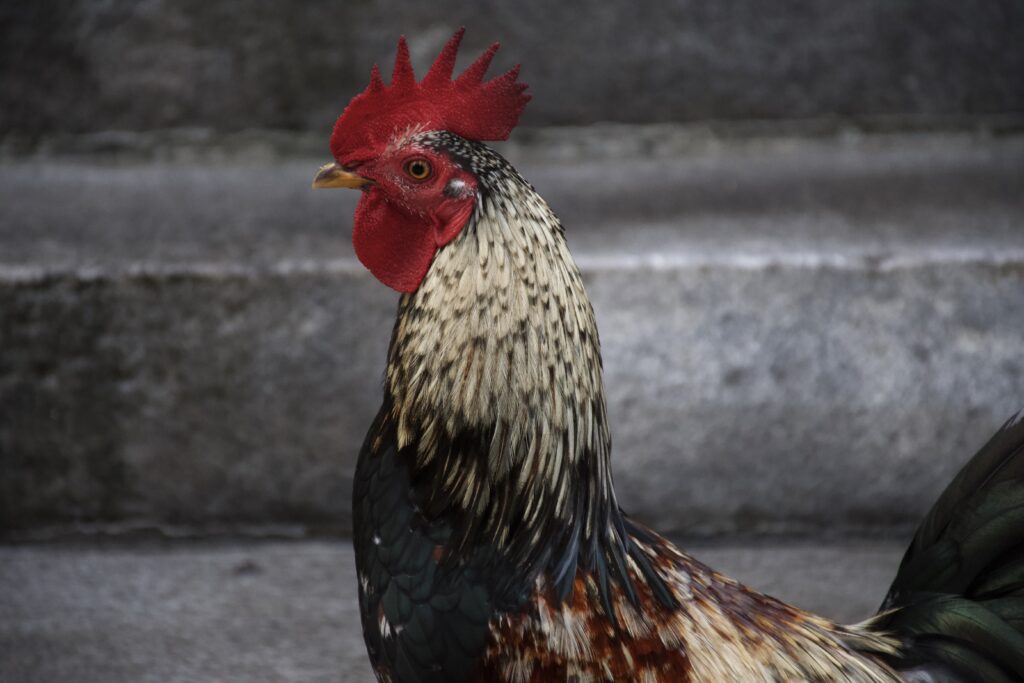
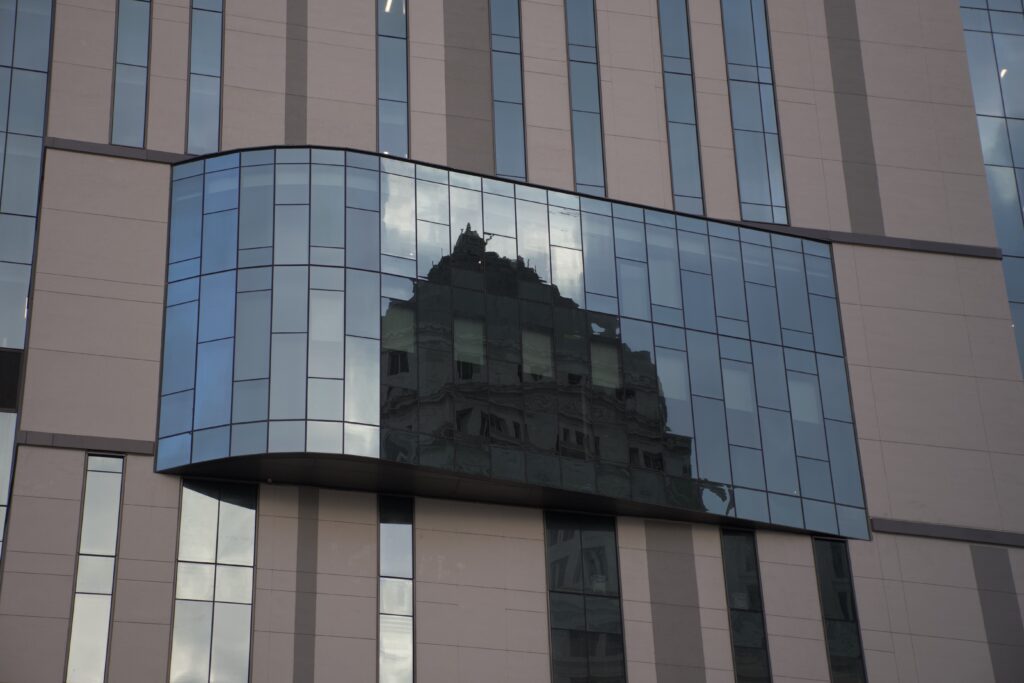
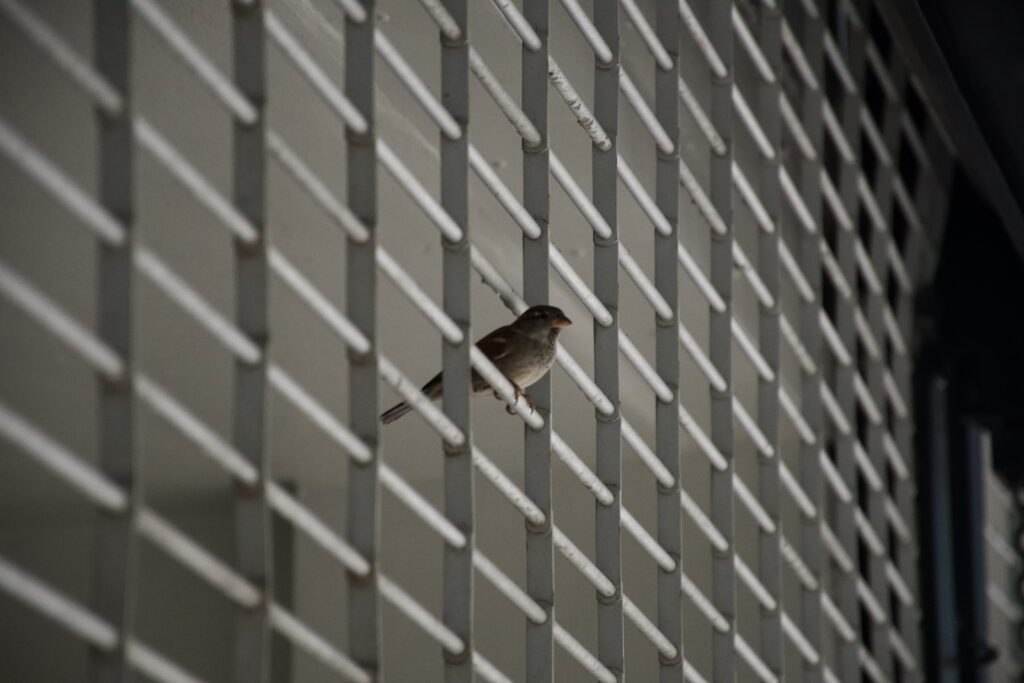
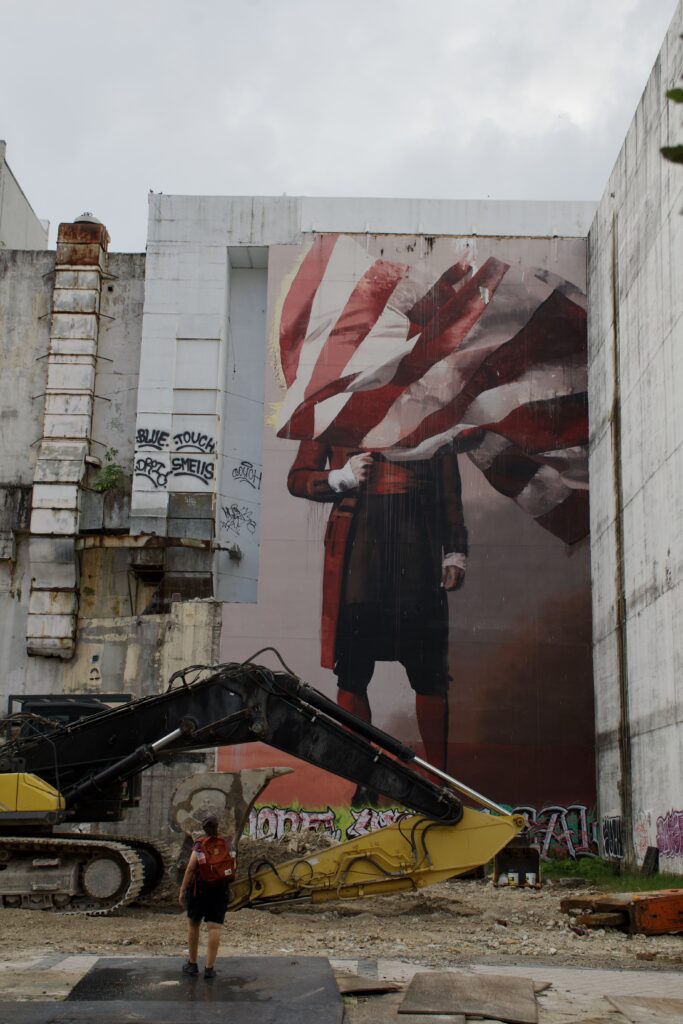
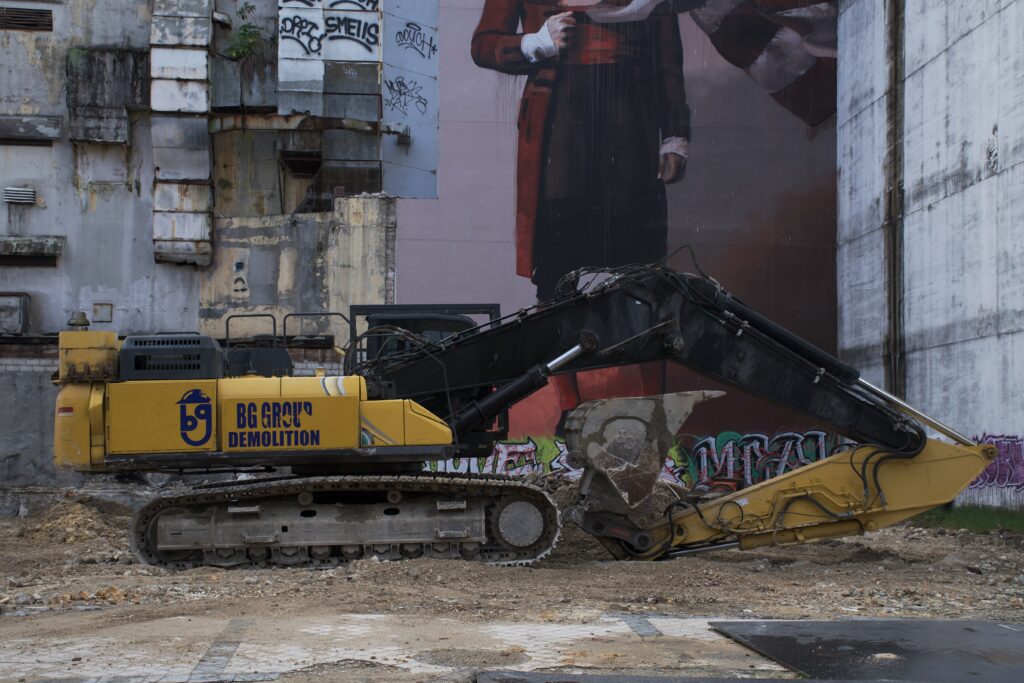
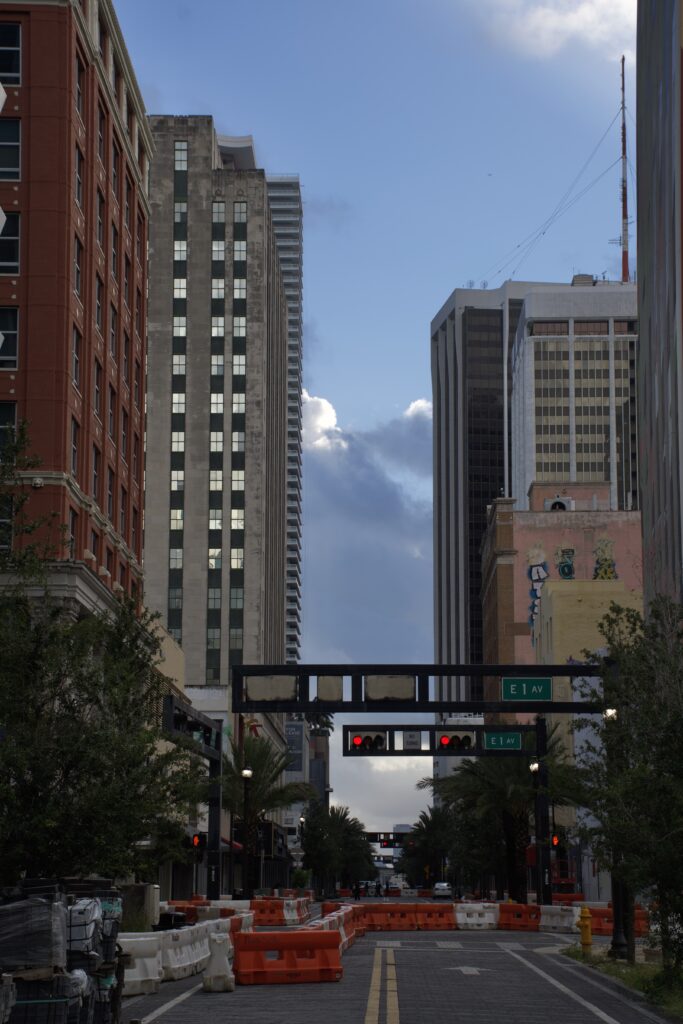
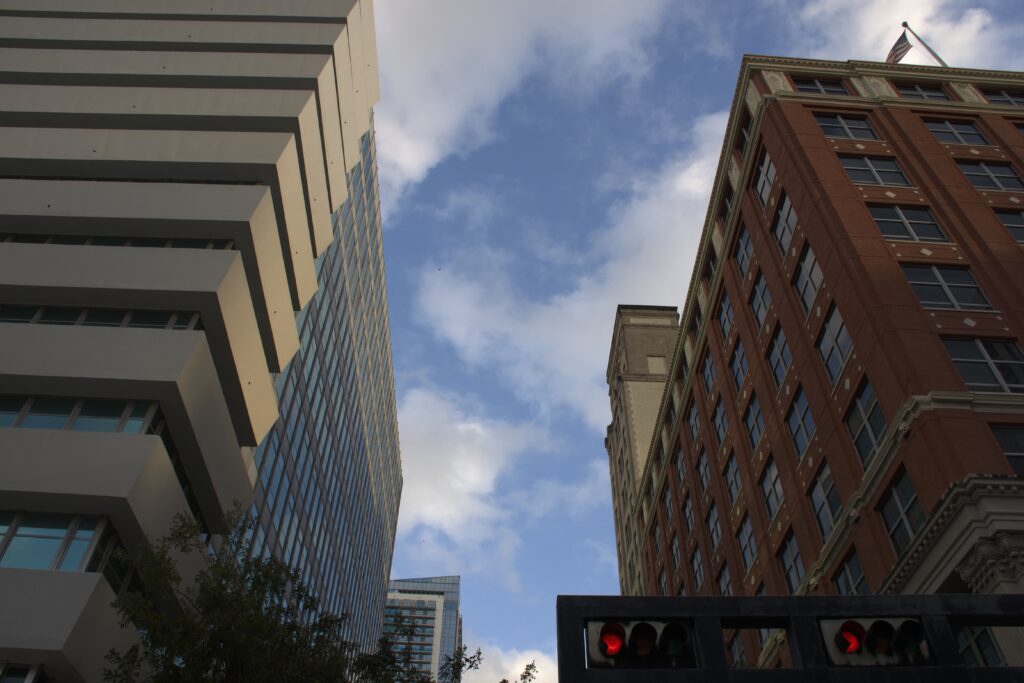
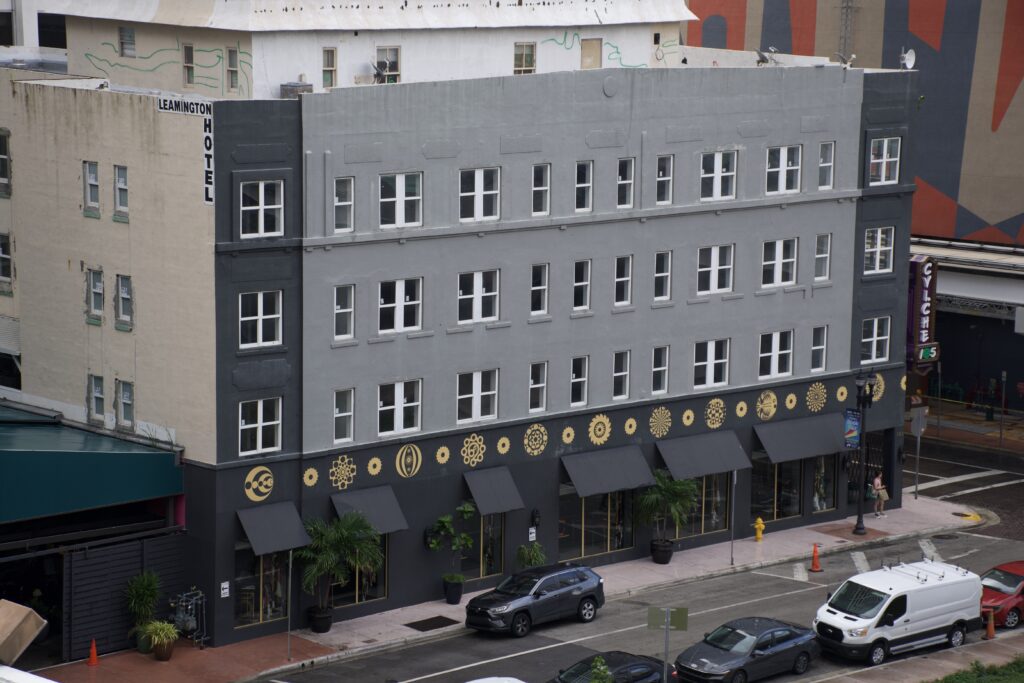
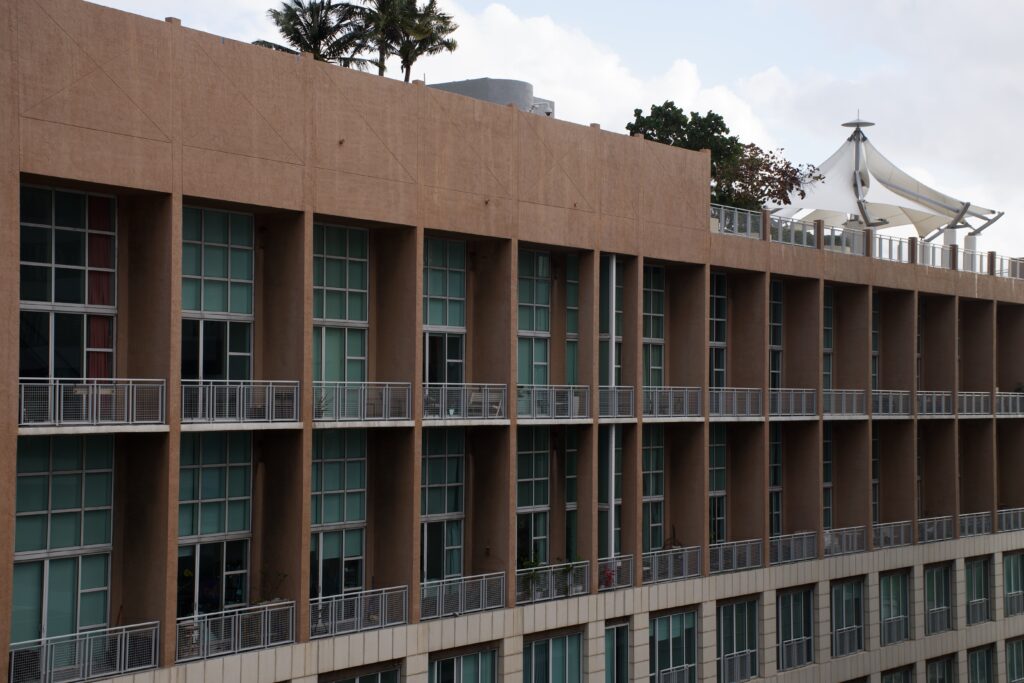
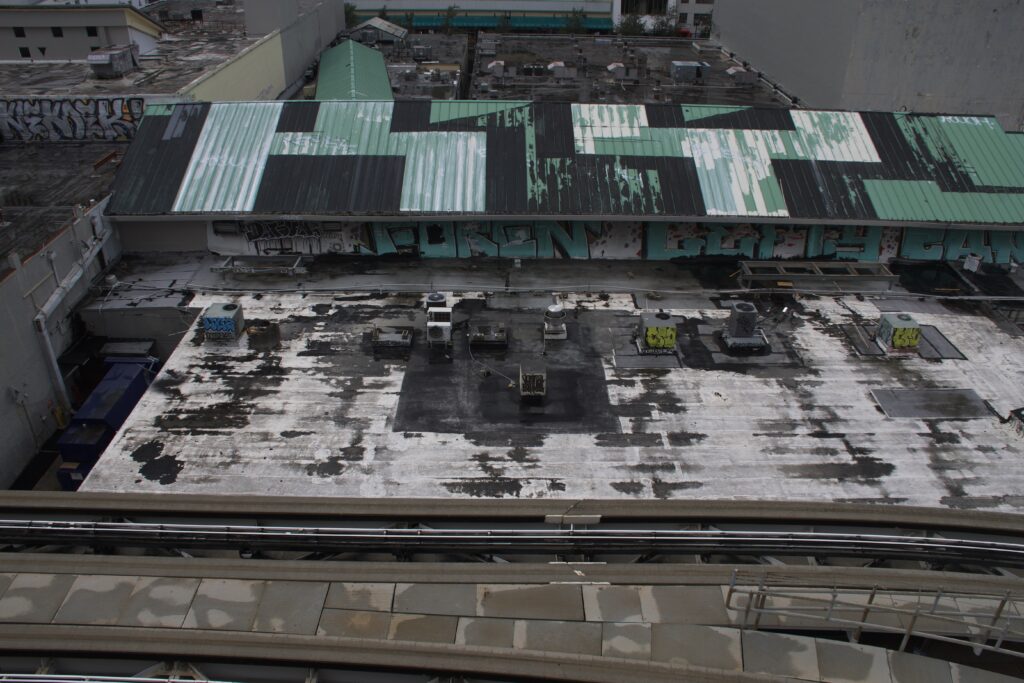
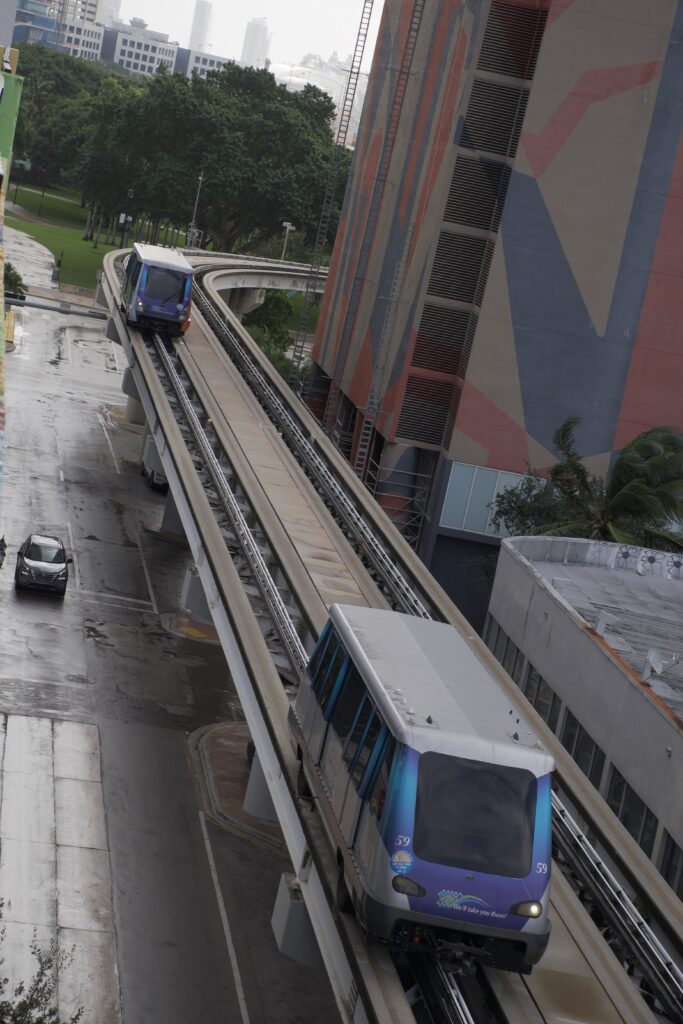
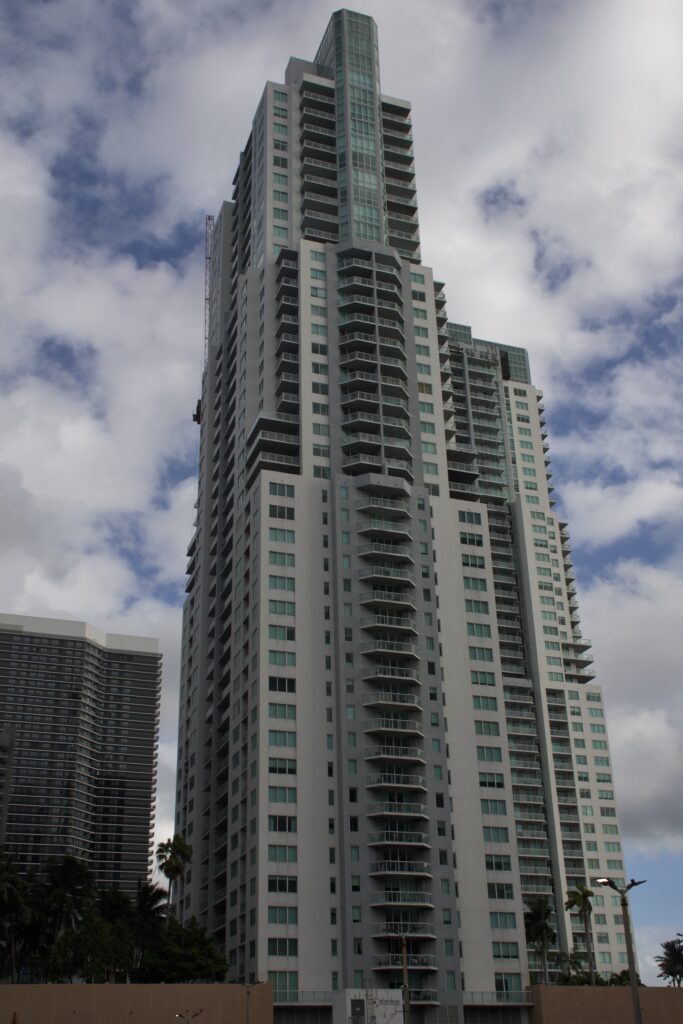
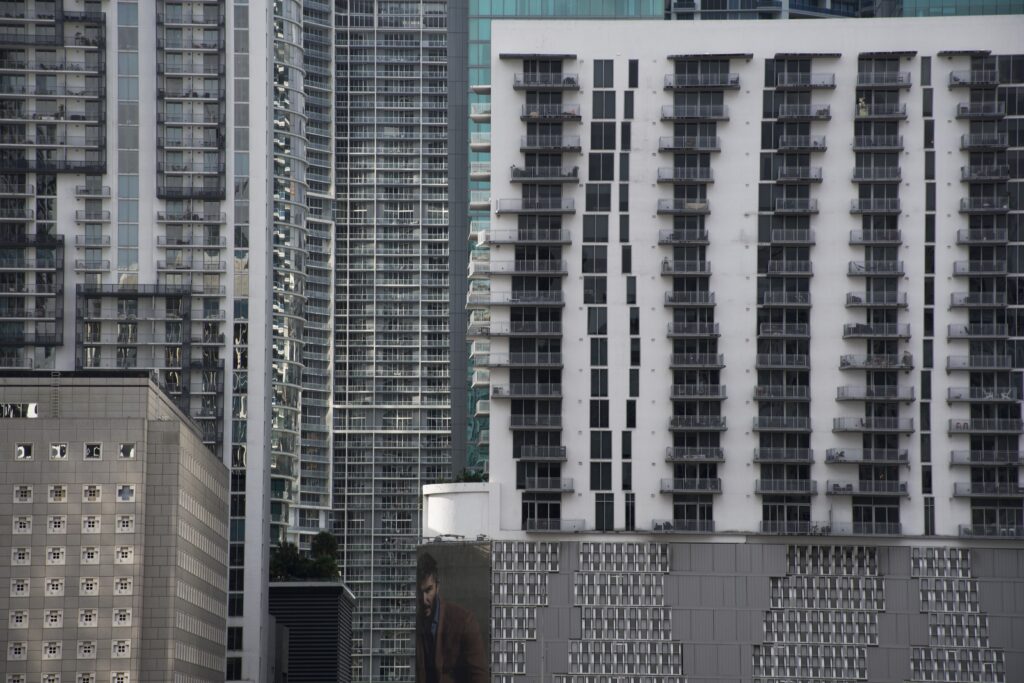
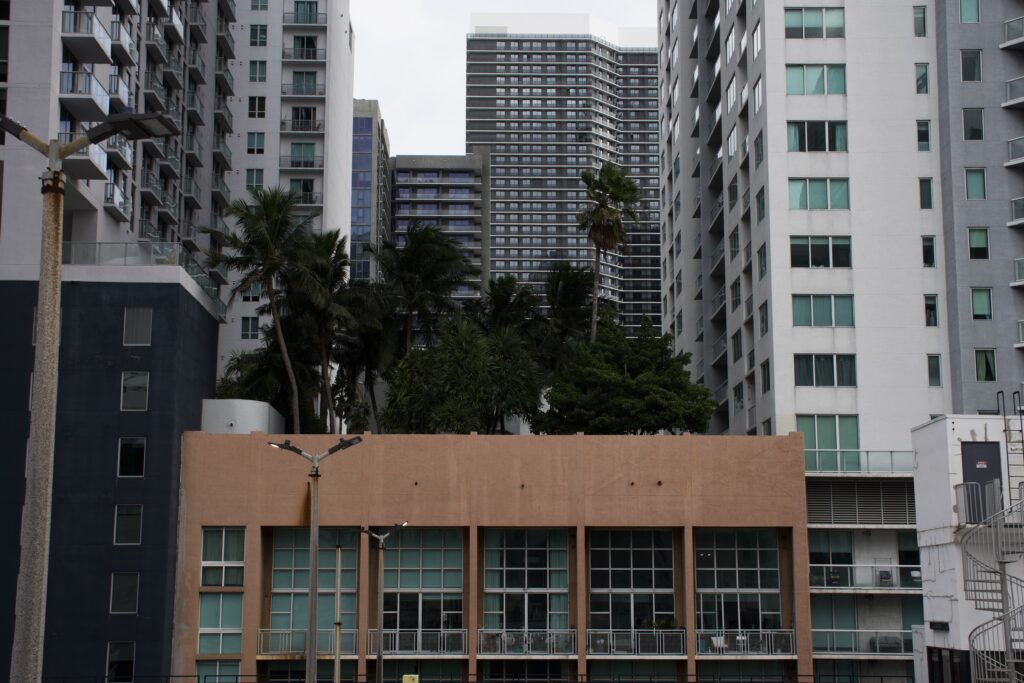
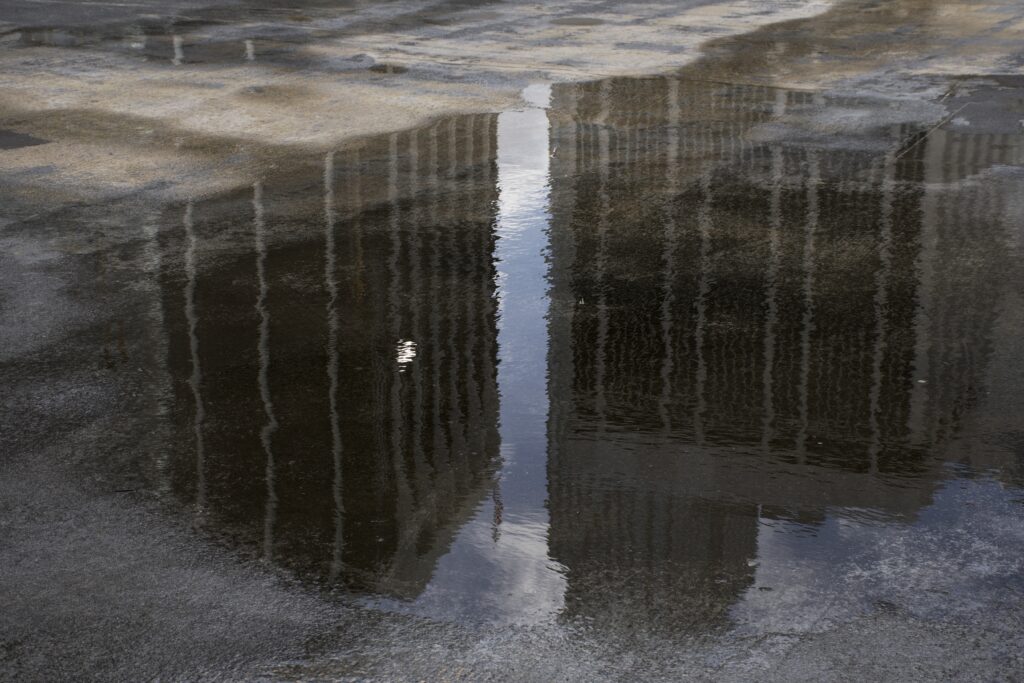
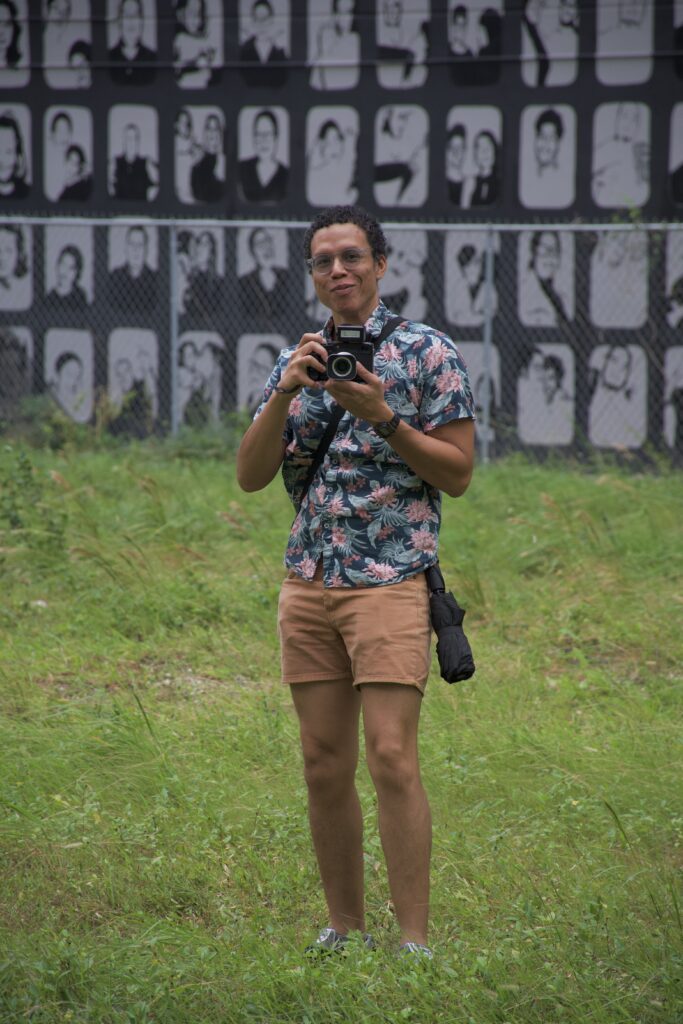
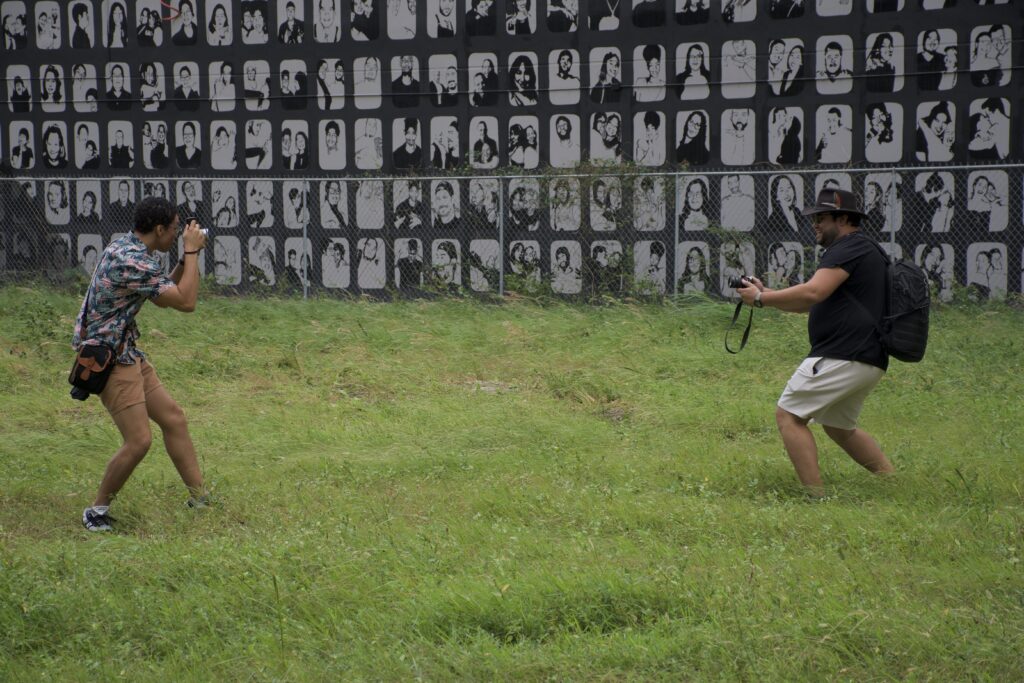
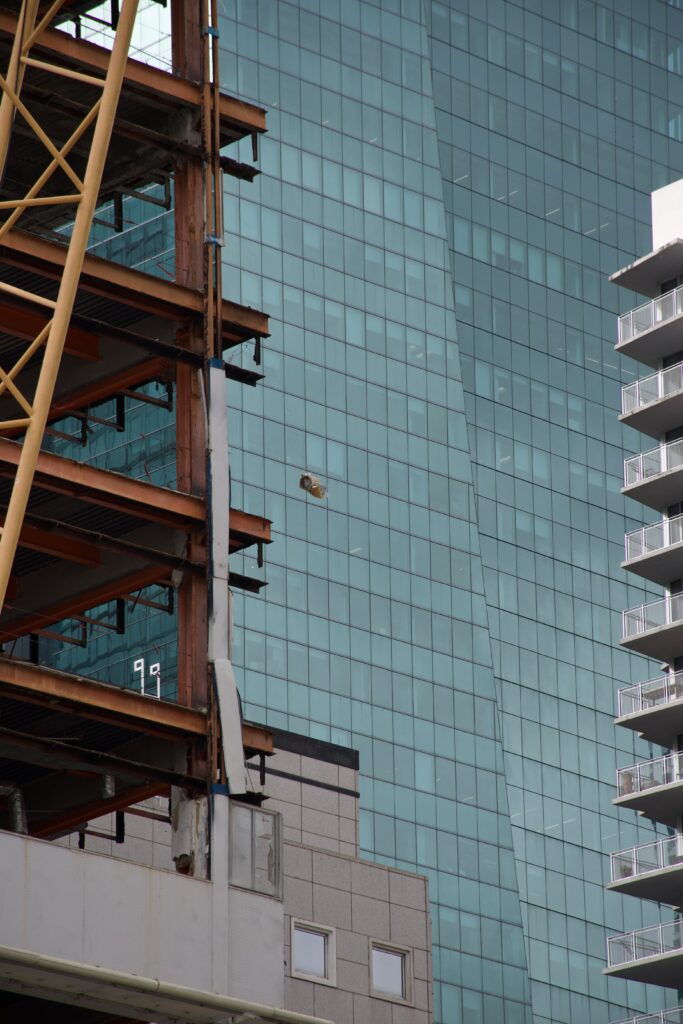
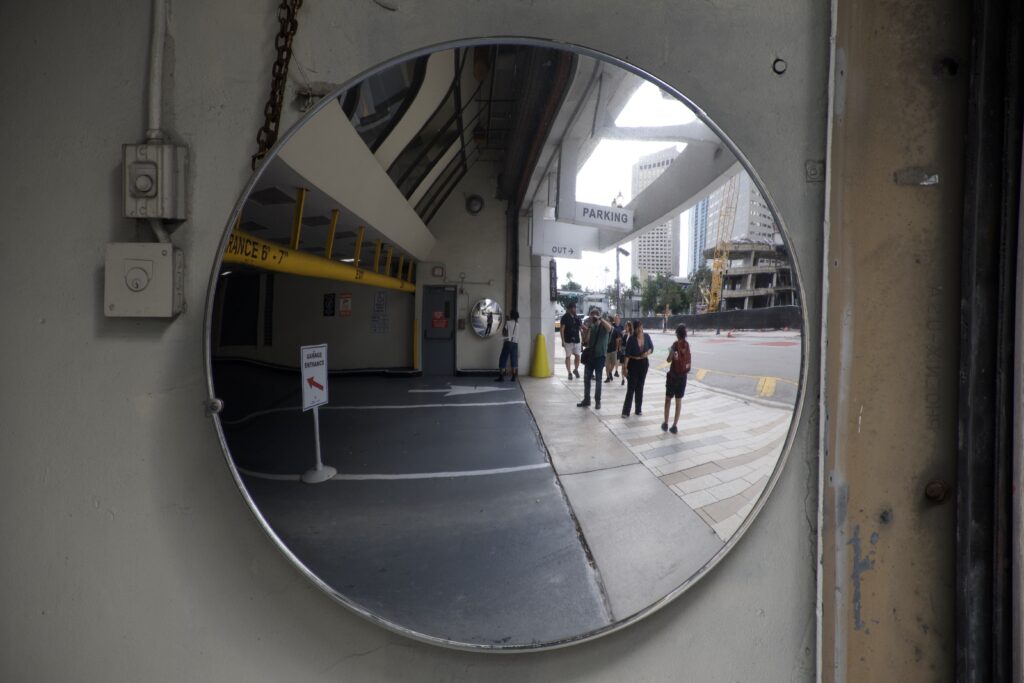
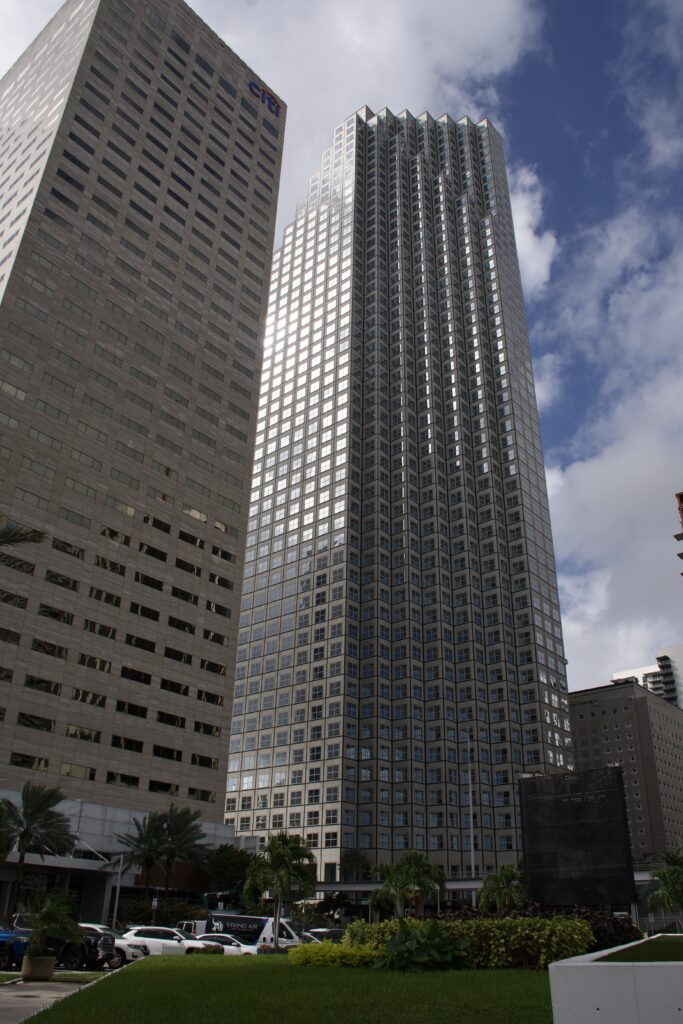
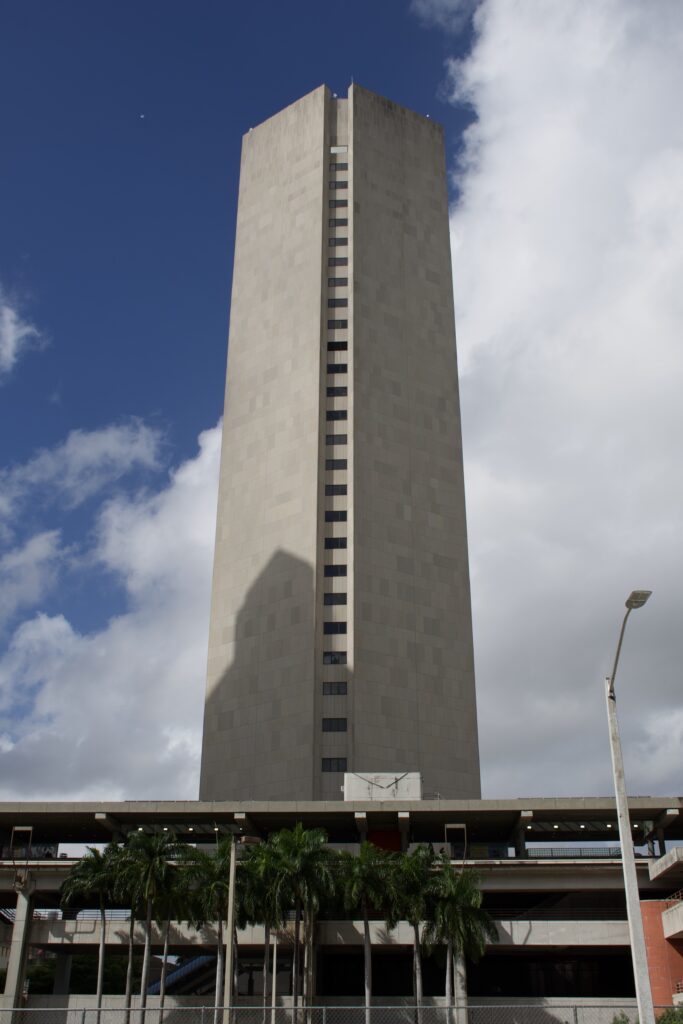
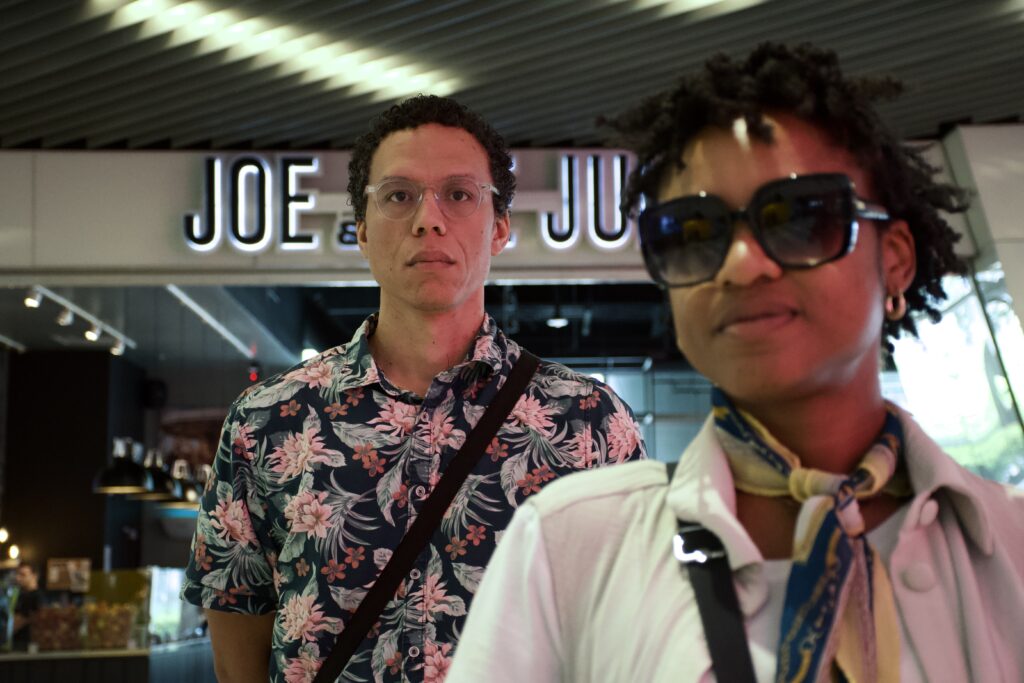
With the recent release of the SG-1 and Atlantis Stargate desktop models from Master Replicas, I’ve seen more than a few people asking for images of the puddle effect they can print and insert into their model to make it appear to be active.
While a production-used animation loop of the puddle,1This video was included in a large library of leaked video playback, and was used for the rear-projection puddle screen used to show the Stargate active in the background of scenes when people weren’t walking through it it’s compressed and relatively low-resolution. I rendered off a 4K image of my version of the puddle effect which should look a bit better printed .
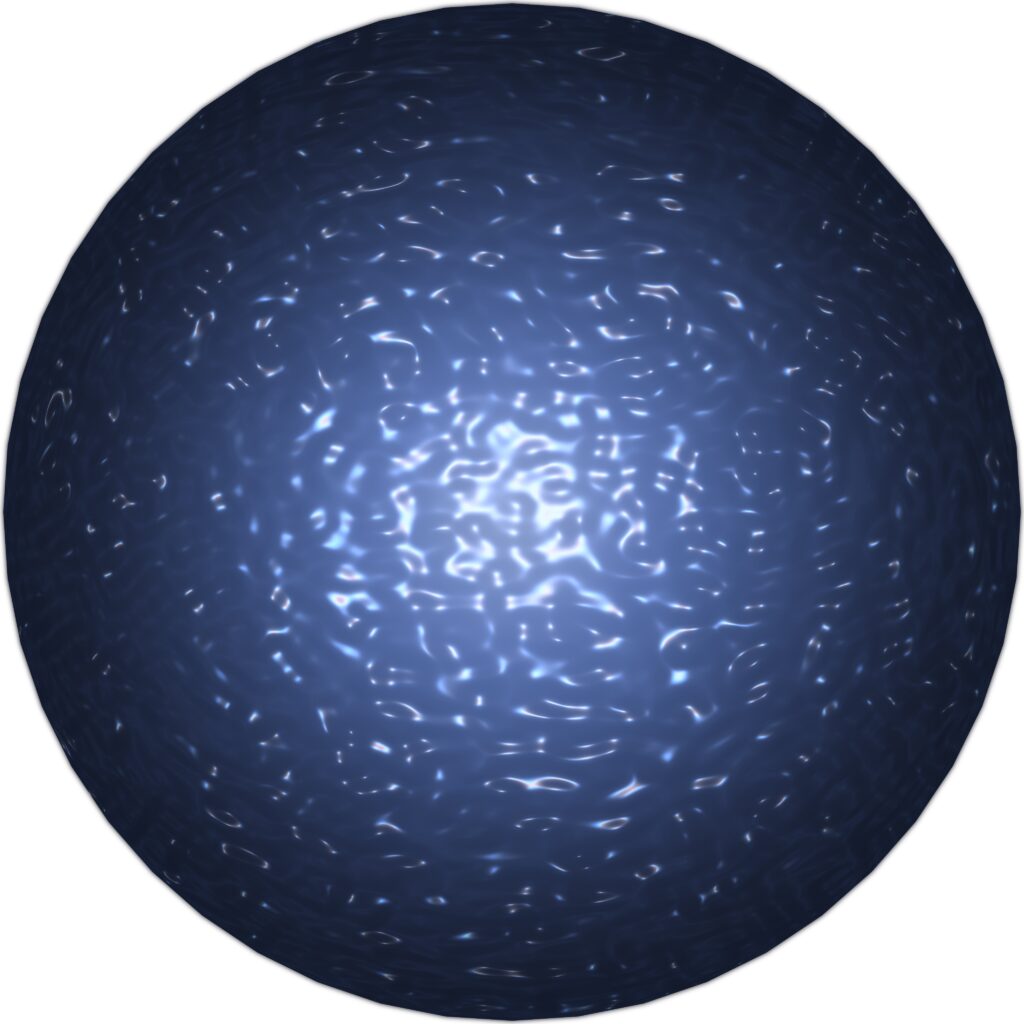
EXR Version (Zipped, 159 MB)2Are there HDR printers? Just in case.
A lot of people are also using miniprojectors to make a live puddle on their models. I’ve uploaded a 38 minute puddle movie with opening, closing, and sound effects to YouTube. Here’s just the clip of the puddle loop by itself, if you’d rather download the file to run the movie indefinitely.
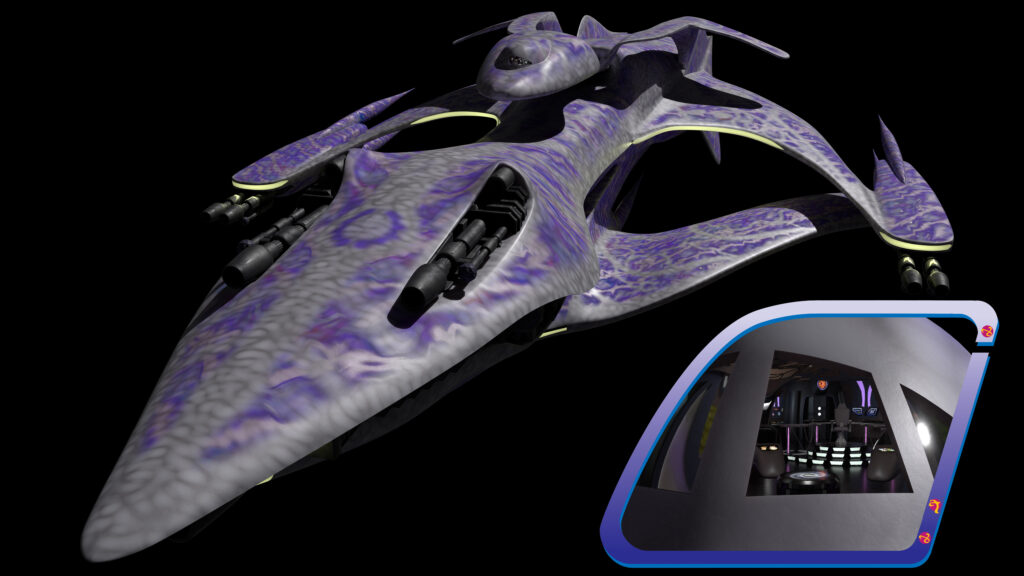
I’ve been working on a model of the White Star from Babylon 5, and have gone down the rabbit hole of cataloging and recreating the sets (at least, the one that’s visible through the ship’s forward windows). I’ve already done a post on the celtic knot designs decorate the bridges of the White Stars in season 4 and 5, so this is an overview of the design variations on the bridge set overall.
I’ll be illustrating each variation with a cutaway CG model of the bridge. To be clear, this version of the bridge has been modified to fit within the exterior shape of the bridge module on the ship, so it isn’t intended to be a perfect match to the original sets. That’s another project.
Throughout season 3, we only see the bridge of the original prototype White Star.1The White Star Fleet was introduced three episodes before the end of the season in 3×20 “And the Rock Cried Out, ‘No Hiding Place,'” but while we saw the other White Stars on the outside, there were still only scenes set on the original ship in the subsequent episodes. The bridge evolves over the course of the season, settling on its final form in 3×18 “Walkabout.” As it is a prototype that’s being tested in use, it does make sense in-universe for the bridge to be constantly modified.
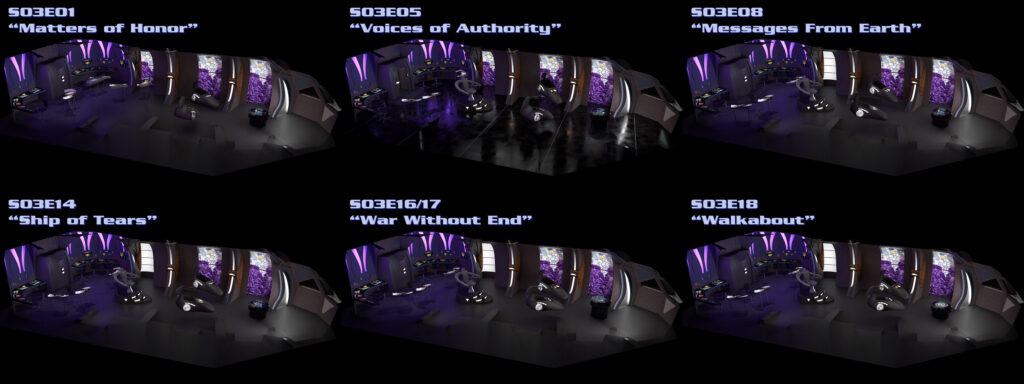
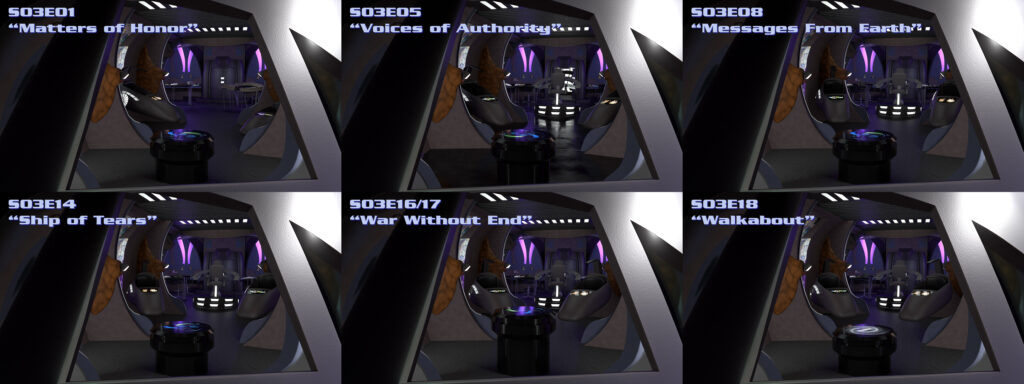
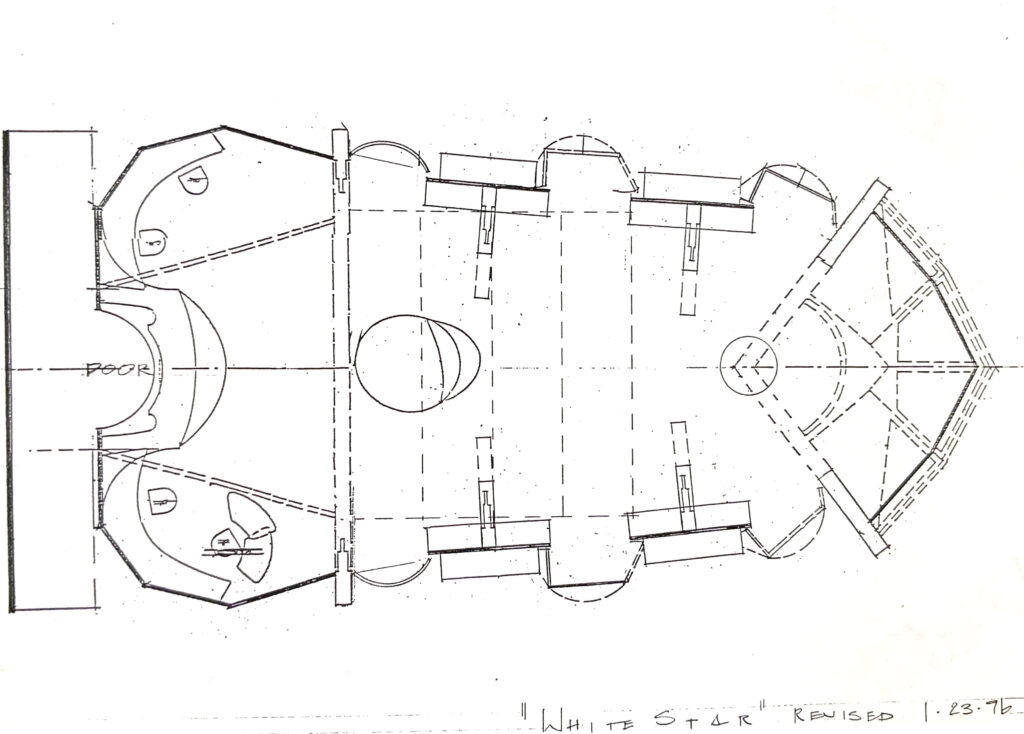
| ↑1 | The White Star Fleet was introduced three episodes before the end of the season in 3×20 “And the Rock Cried Out, ‘No Hiding Place,'” but while we saw the other White Stars on the outside, there were still only scenes set on the original ship in the subsequent episodes. |
|---|
After playing Homeworld 3 recently, I wanted to see how the Khar-Sajuuk and Khar-Kushan compared to the original Motherships (and, for that matter, how the original Mothership and Pride of Hiigara compared to each other) from the prior games, as well as Sajuuk an ancient ship discovered at the end of Homeworld 2 whose technology was incorporated into the next generation of Motherships, and the Kuun-Lan, the flagship in Homeworld: Cataclysm/Emergence, which is seen both its original configuration and its final appearance after several modifications over the course of the game. I extracted the models and texture maps from HWR and HW3 and set up this comparison scene. The scales are all directly as they came out of the game, cross-checked by the old trick of flying a fighter to one end and seeing how far the other one was with the move tool, so these are all to in-game scale.1The Kuun-Lan is at ~31% of the in-game figure, in accordance with the convention that the original Homeworld and Cataclysm/Emergence use feet as the in-game units, while the later games use meters. If anyone wants to use these images in another scale chart, the vertical edge of the image is 3,460 meters tall.
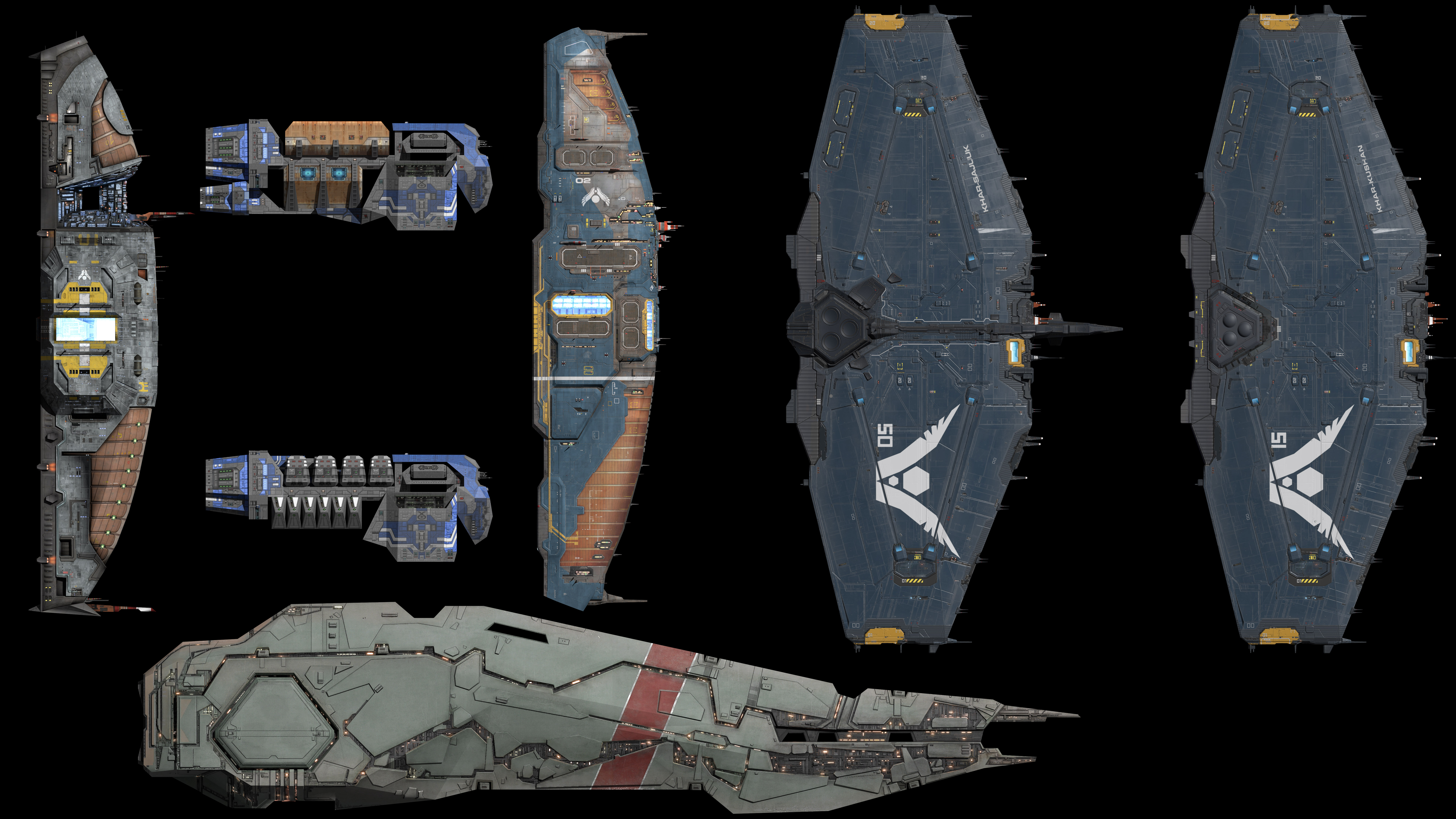
(Technically, the HW3 Motherships are upside-down compared to how they orient vertically in-game, but the top is their “hero” angle, and starboard is the usual perspective on the first two Motherships, so I had to compromise.)
However, I’m not entirely trusting of the in-game scale. After all, the original Homeworld’s manual says the first Morthership is “really” ten or twenty times larger than it is in-game. I made a second image, this time scaling the HW3 Motherships up so the size of their Hyperspace Core modules matched the similar feature on Sajuuk (the main cannon on the Khar-Sajuuk is clearly derived from Sajuuk, but the shape is different enough that there was nothing to scale-match), assuming since the ships from HW1 and 2 can all interact with each other in campaign and skirmish and are all Mothership-class, they’re all correctly sized relative to each other. There’s a little leeway involved, the two Hyperspace Core housings aren’t exactly the same shape, but this method makes the HW3 Motherships about 1.6 times longer than they are based on the in-game scale. The vertical edge of this image is 4650 meters tall, assuming the in-game scale for the HW1 and 2 ships is correct and they aren’t actually supposed to be twenty times larger.
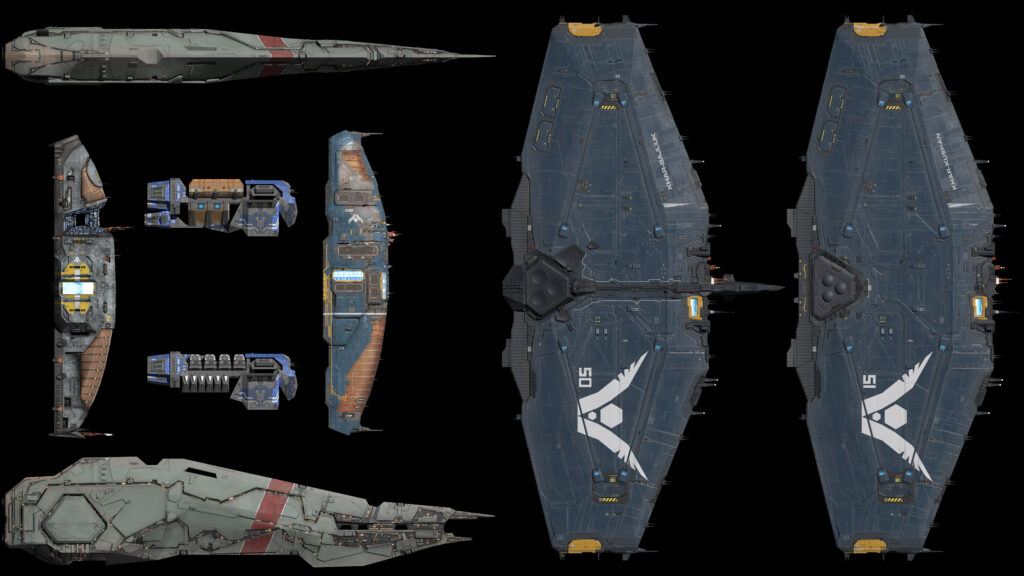
I like this alternate scaling better, myself. Given how massive Sajuuk was compared to the Pride of Hiigara, I think it makes sense that a Mothership that was more-or-less built around it should be a similar leap in scale, revolutionary rather than the evolutionary change from HW1 to HW2. You can’t see it from this angle, but it also makes the Frigate launch bay and the fighter bays at the wingtips close to the same size as the prior Motherships’, rather than noticeably smaller, which is enough to make me wonder if the ship was scaled down after it had been designed for some reason. I did compare some of the other Homeworld 3 ships with their Homeworld 2 equivalents, and it appears if there was a post-design scale-change, the Motherships were the only vessels affected. Additionally, checking against the Hyperspace Core model (reused in Homeworld 3 from Homeworld 2 Remastered directly), there’s excessive amounts of room under the shaded circles on the Sajuuk’s module, the ends only barely exceed the circles of the Khar-Sajuuk’s module at the in-game size, and they’ll even fit centered under the domes of the Khar-Kushan’s module, properly rotated so they don’t collide (and the Khar-Kushan’s cores may not be the same shape or size as the three used in the Sajuuk and Khar-Sajuuk). So the smaller in-game scale for the ships is possible, even if I don’t personally like the idea of the ships echoing features of Sajuuk so closely but at a different size.
Acknowledgement to the original concept and 3D artists and developers of Homeworld, Homeworld: Cataclysm/Emergence, Homeworld 2, Homeworld Remastered, and Homeworld 3. Thanks to ArkFlash for the Cataclysm/Emergence models. Homeworld 1 and 2 Remastered models were extracted with CFHodEd and Gearbox’s Modding Tools. Homeworld 3 models were extracted with UE Viewer and converted using Blender using this plug-in. All models were resurfaced and rendered in Lightwave.
| ↑1 | The Kuun-Lan is at ~31% of the in-game figure, in accordance with the convention that the original Homeworld and Cataclysm/Emergence use feet as the in-game units, while the later games use meters. |
|---|
The surprise Babylon 5 HD remaster came out on Blu-Ray recently. Something I was curious about was how difficult it would be to combine the 4×3 Blu-Rays with the 16×9 DVDs to get a 16×9 pseudo-HD version of the show, with the edges upscaled but the center using real film.
I did a quick test on a frame from “Points of Departure,” and the answer is “not as easy as I hoped.” I’ve tried this technique before, matching and blending the same film from two different releases (and, apparently, two different digital scans), and I’ve also run into this problem of the film not scanning perfectly flat, and having some amount of distortion. I’d have to do further research to see if there are tools to address this that I have access to,1It feels like a combination of technologies should be able to solve this; I’ve got two slightly different sources of the same ground-truth. The HD frame shows exactly how 3/4th of the SD frame should look after it’s upscaled, so it should be possible to have a computer program compare the two, adjust the color, size, rotation, and proportion of the SD frame to match the HD one as closely as possible, apply some ML upscaling (ideally using the very shot that’s being upscaled as training data so the computer can extrapolate the lost detail at the sides of the frame from the existing detail in the middle), and blend the two sources. I know all these features exist independently, but I have no idea how to get them all into one tool. There might also be some complications with the DVDs needing to be detelecined and having scanline issues in the raw data. so this is just a quick test and comparison using Photoshop. The vertical framing of the DVD and Blu-Ray don’t match exactly, and the DVD’s colors are a little more contrasty, so I had to make some adjustments to match better.
First off, the test image merging the two sources. I upscaled the DVD frame using an AI tool, color-corrected it as described above, and added some grain, while softening the border between the HD frame and the widescreen one:
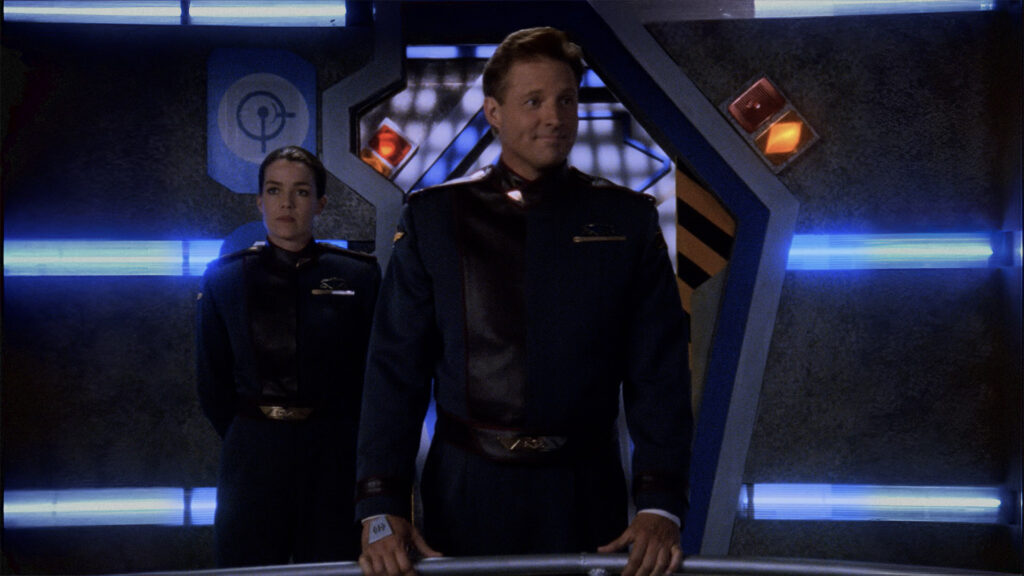
It could be worse!
Continue reading
| ↑1 | It feels like a combination of technologies should be able to solve this; I’ve got two slightly different sources of the same ground-truth. The HD frame shows exactly how 3/4th of the SD frame should look after it’s upscaled, so it should be possible to have a computer program compare the two, adjust the color, size, rotation, and proportion of the SD frame to match the HD one as closely as possible, apply some ML upscaling (ideally using the very shot that’s being upscaled as training data so the computer can extrapolate the lost detail at the sides of the frame from the existing detail in the middle), and blend the two sources. I know all these features exist independently, but I have no idea how to get them all into one tool. There might also be some complications with the DVDs needing to be detelecined and having scanline issues in the raw data. |
|---|
Revised August 10, 2024 with corrected insignia accounting (I initially thought A and E were the same one) and illustrations of each design.
While the White Star was introduced in the third season of Babylon 5, for most of it, only the prototype was seen. It wasn’t until season 4 that we began seeing scenes set on multiple different White Stars. The set for the White Star bridge was also redesigned and rearranged for the fourth season, and the new design seemed to take into account that there would be times when different characters would be seen on different (but identical) ships in the same episode.
From what I can tell, there were four main ways to redress the White Star bridge to represent different specific ships. There were lights in the supports for the railing around the command chair that were changed to different colors, the large light panels on the aft bulkhead had their color changed more subtly, three of the computer screens on the aft bulkhead were swapped out (with three different sets of screens, which alway appeared together, never mixed), and a lit plaque above the main door to the bridge would be changed. For now, I’ll just be going into that last one. More details on the overall distinctions between different White Stars are in this post.
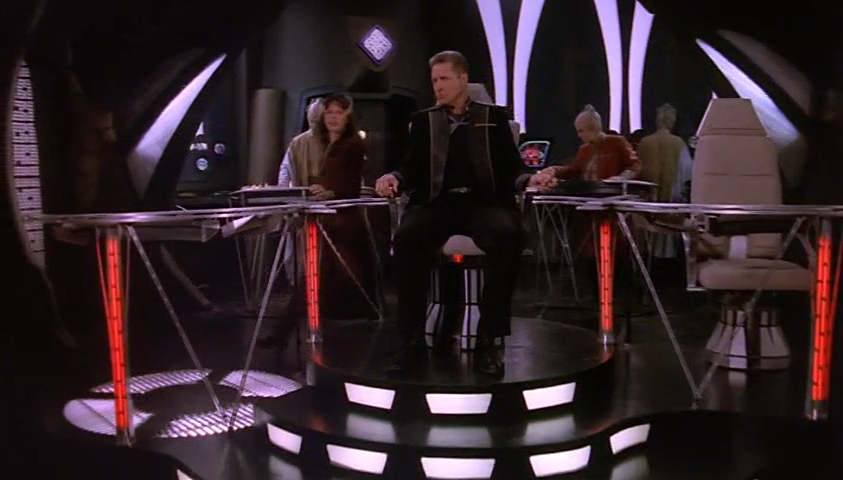
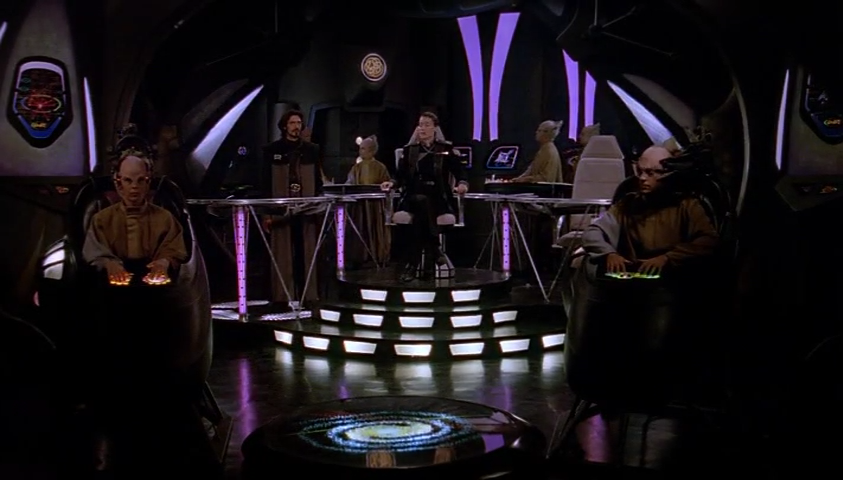
A few days ago, Marc Bell released his CG model of the Titan-A/Enterprise-G from the final season of Star Trek: Picard. I’ve been acutely aware for the past… fifteen years… that I don’t just hop onto the computer to mess around and make some fun spaceship pictures like I used to. Despite my attempt to get back into the groove a few years ago, it didn’t quite take, possibly because I was scratching the 3D itch at my job at the time, and then Lightwave 2018 came out and my library of models assembled over the years and tweaked to my liking became more-or-less useless.
I recently started rebuilding a new, PBR-based set of models in Lightwave 2020, mostly thanks to the models of Chris Kuhn, Marc Bell, and Alexander Klemm, but I hadn’t really done anything with them yet. This new model was a good chance to, and since it hadn’t been officially converted into Lightwave, I got to dip back into my roots a little when I had to convert anything I wanted to use. Downloading a cool new model that was just mesh and textures, and really digging into it to get it to look right. I spent the weekend building out the lighting rig and doing various minor modifications and tweaks, like breaking out the formation lights and impulse glows so they could be animated, and found picked an angle to run a test render (a good thing, too, I found a tiny sliver of window-box sticking out of the hull). I thought it looked pretty good, so I did a final version adding a basic Sun/Earth/Moon three-point light setup, and that was that.
I tried to think of something more dramatic, and thought up a concept for another image, with the Enterprise-G over the Founder’s Homeworld seen in Deep Space Nine, returning the renegade Changelings who’d infiltrated Starfleet to their own people. Luckily, my prep came in handy, and I already had a Jem’Hadar fighter and a Defiant ready to go for a suitable escort. I spent a bit of time making new decals for the Defiant-A (I know in-canon the second Defiant had the same markings as the first one, but Ron Moore wanted it to be the Defiant-A, I wanted it to be the Defiant-A, so I made it that way). I was pretty far along before I remembered the Defiant was a museum exhibit now, so I just went with it, not having any better idea what ship Deep Space Nine might have assigned to it in the PIC era (or if there’s even still a DS9 at all). Maybe they flew it out as a goodwill historical thing.
Enterprise-G by Marc Bell, Jem’Hadar Fighter by Chris Kuhn, Defiant mesh by Chris Kuhn, textures by Marc Bell, and Lightwave conversion by Matt Christou.
Star backgrounds in both images are NASA’s Deep Star Map (though I should’ve been used the fictionalized version without recognizable constellations for the second render). The Founder homeworld is NASA photo ISS048-E-010018, recolored in Photoshop to match the planet as seen on the show. Both images had compositing and post work done in After Effects.
Continue reading